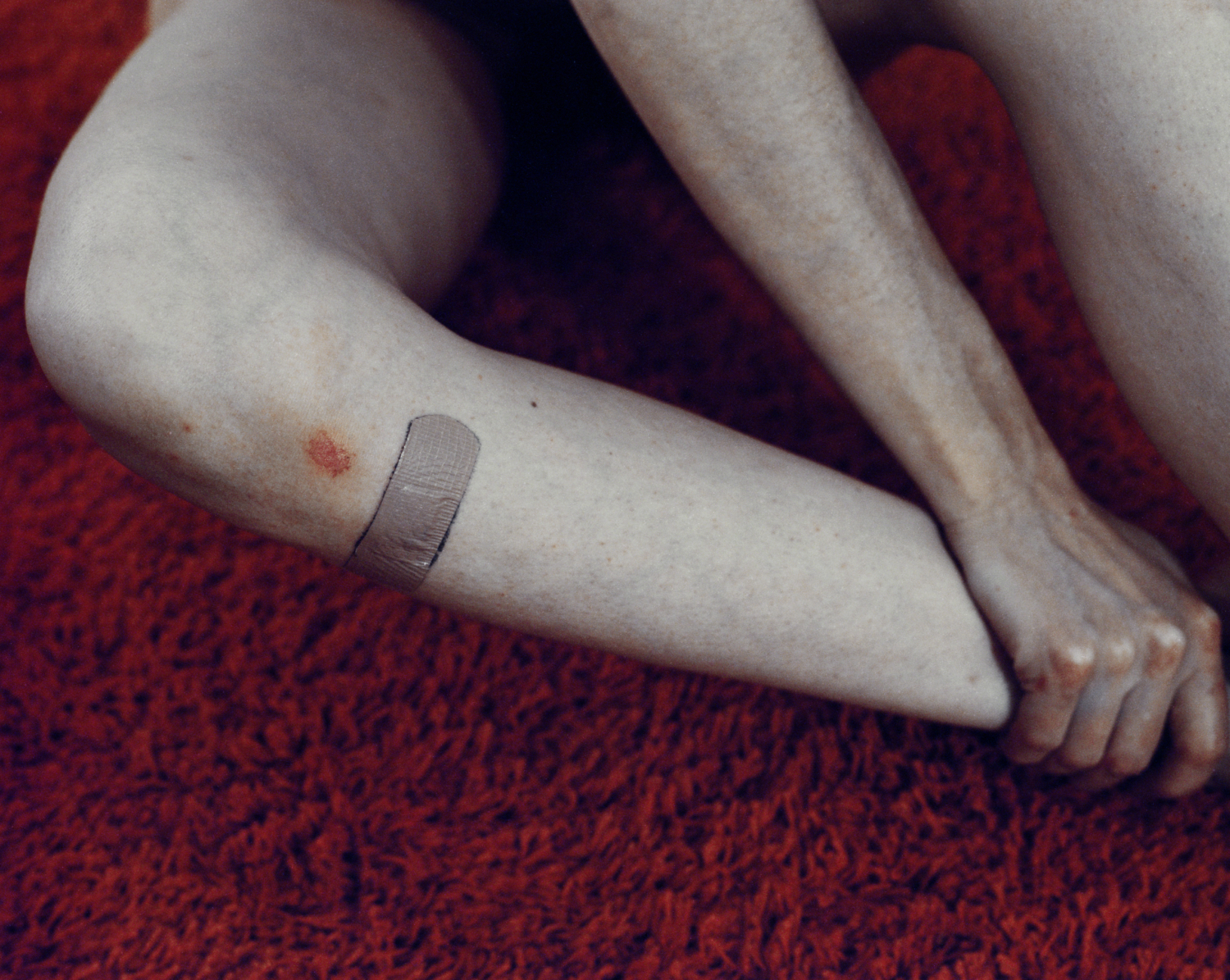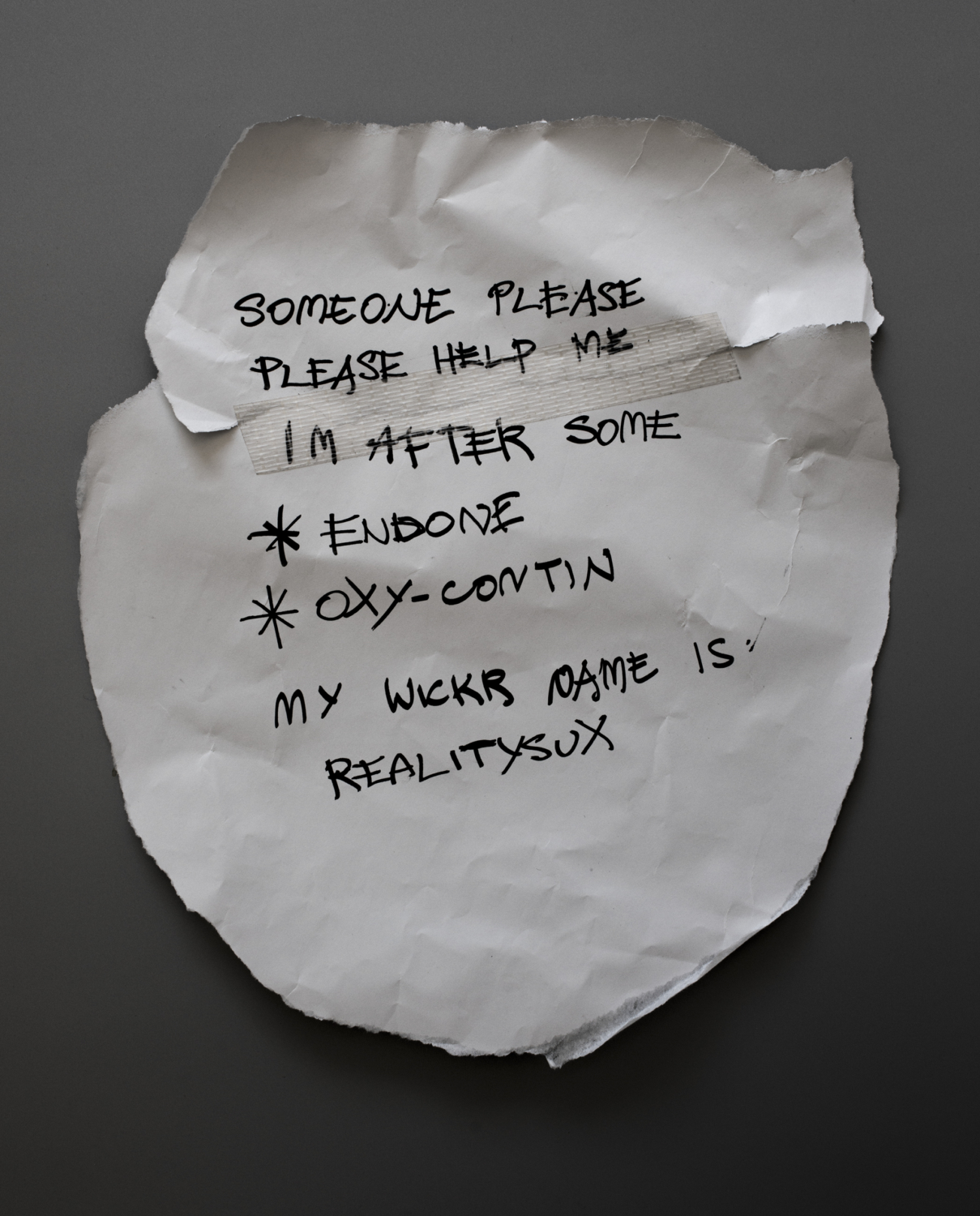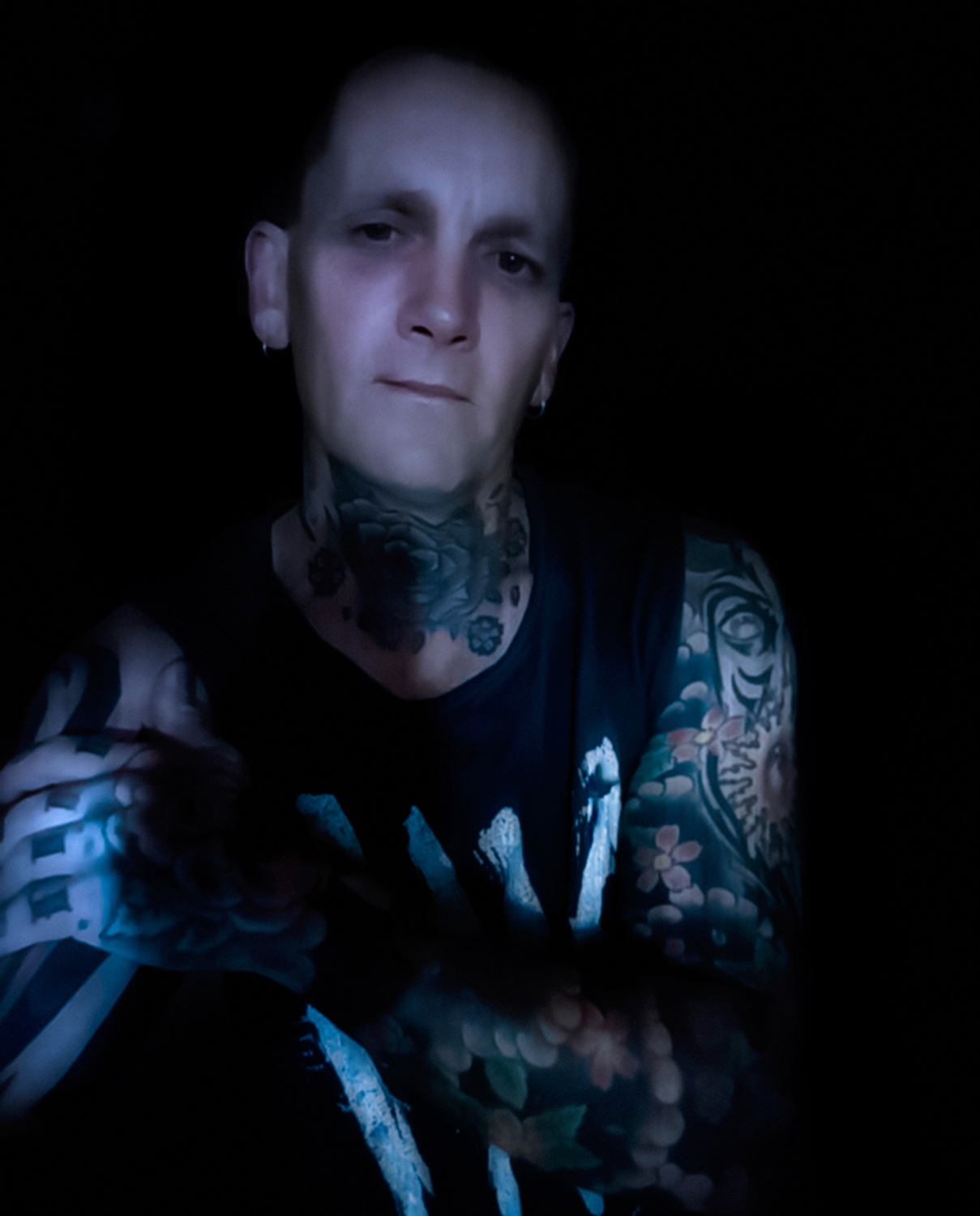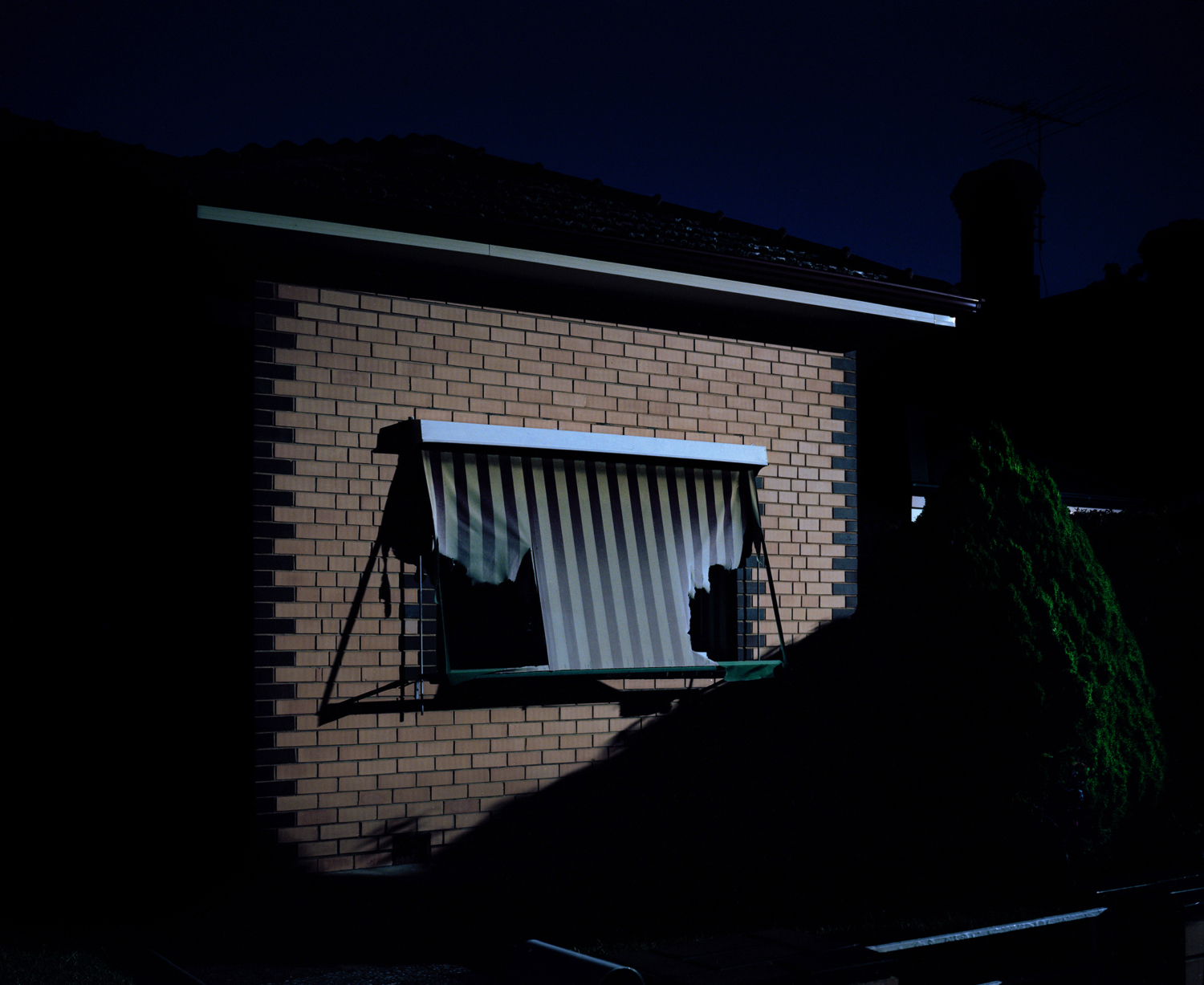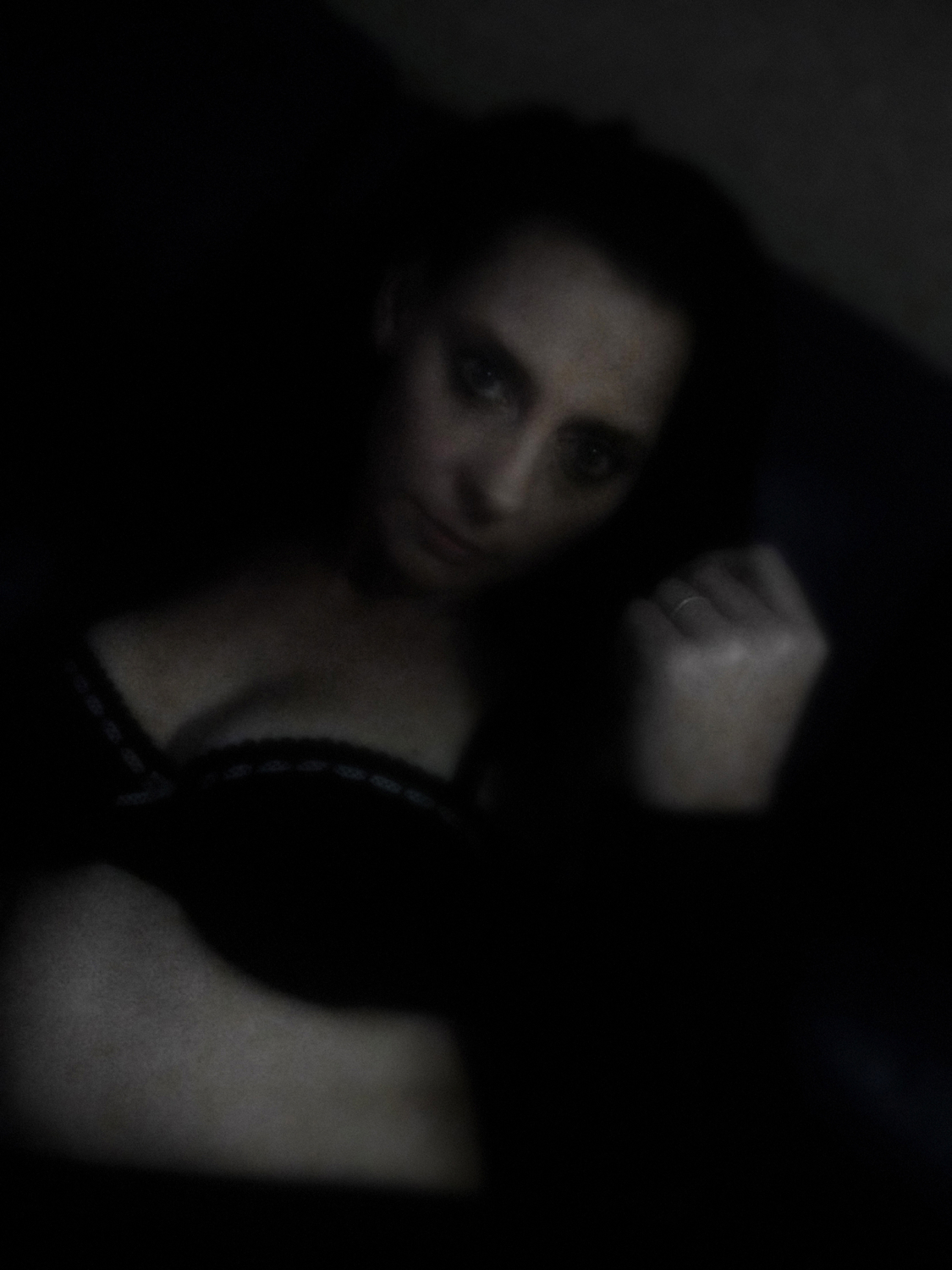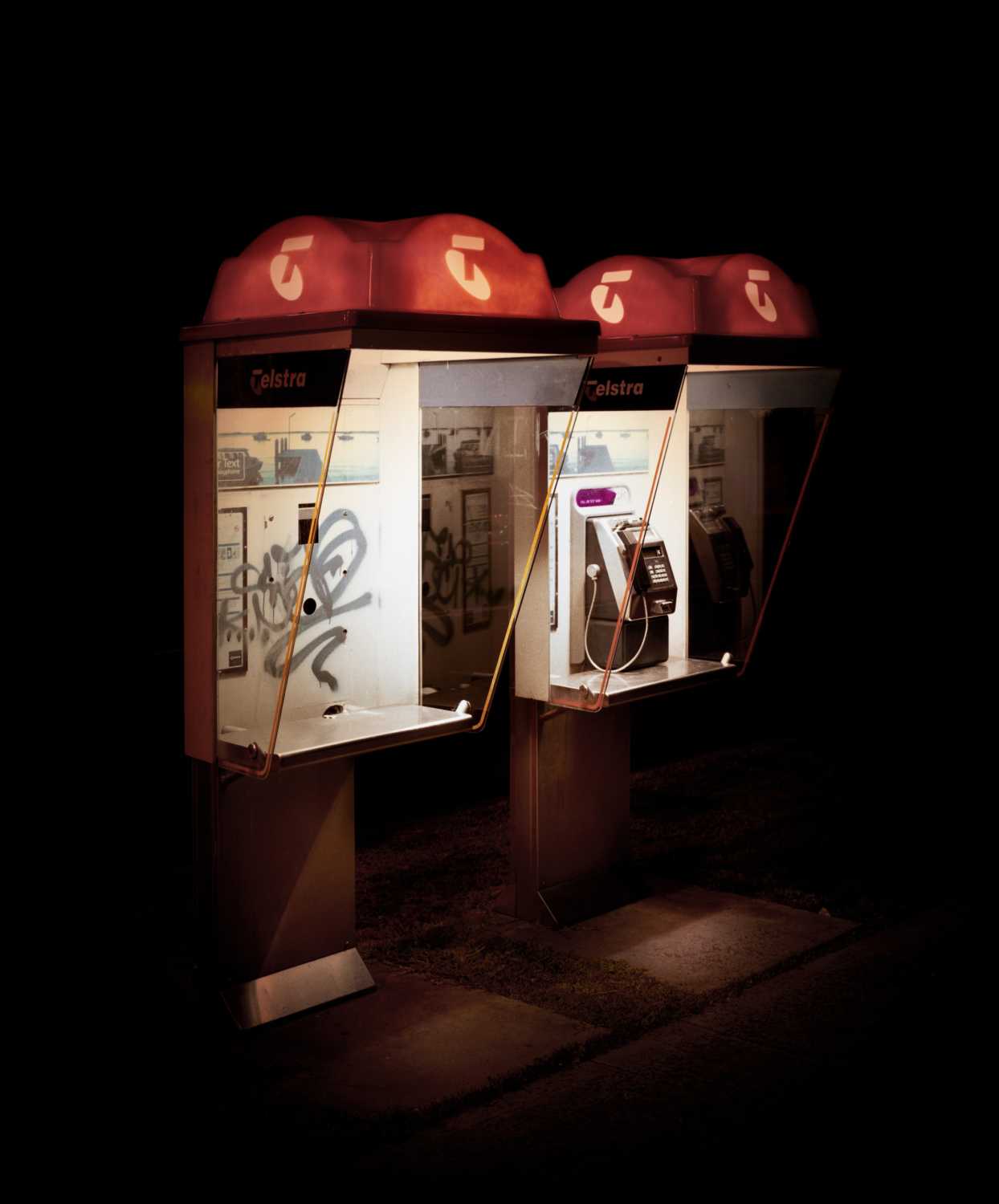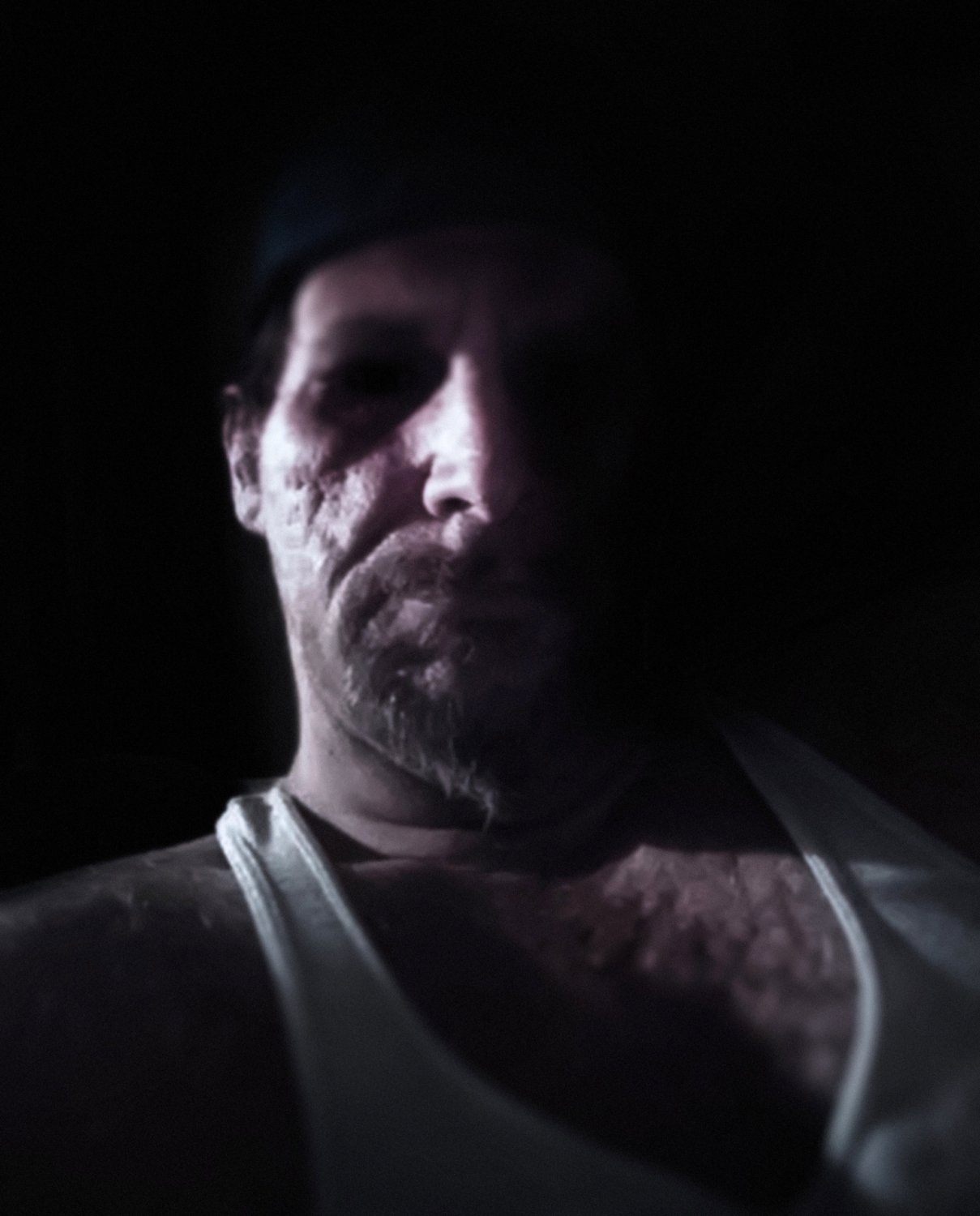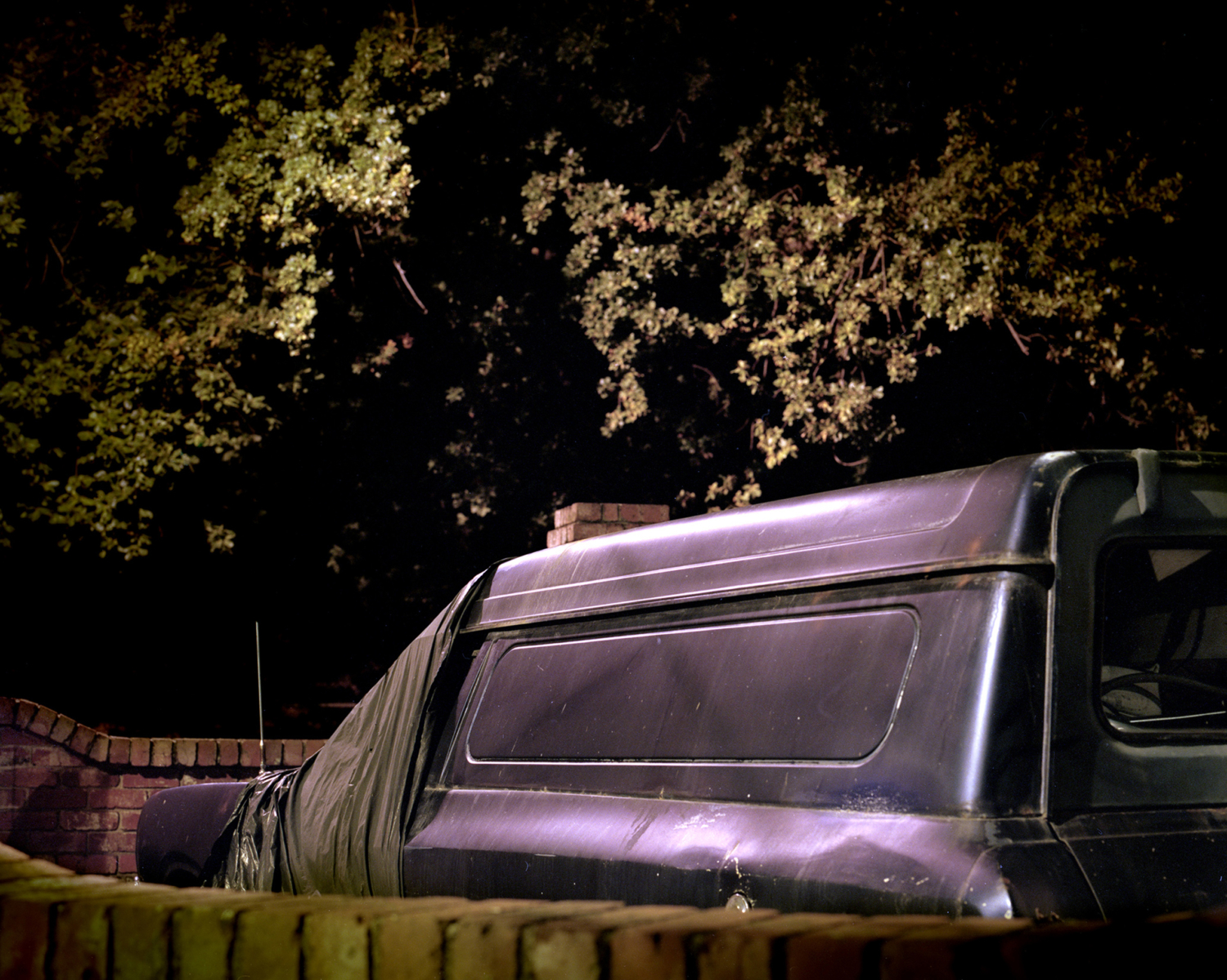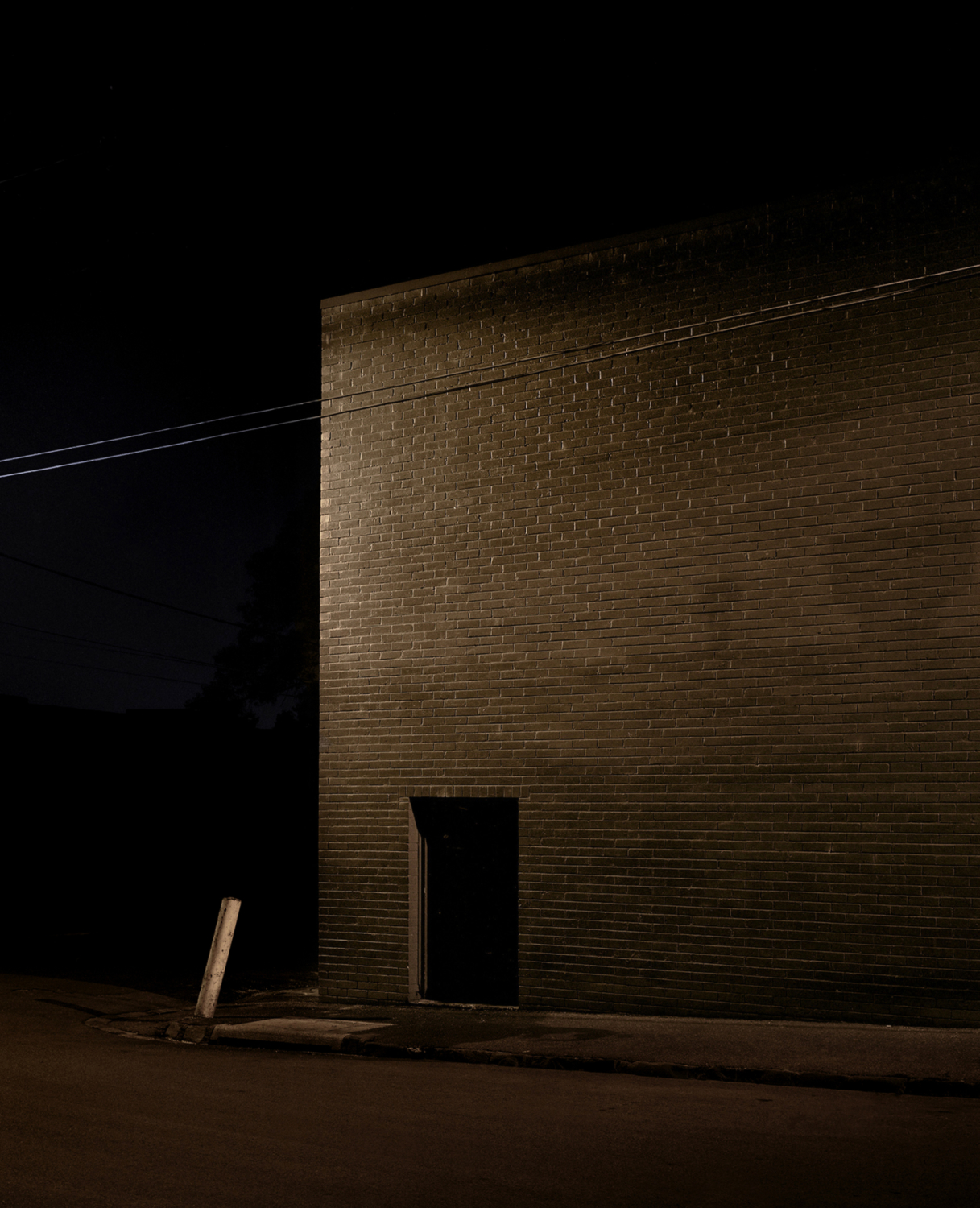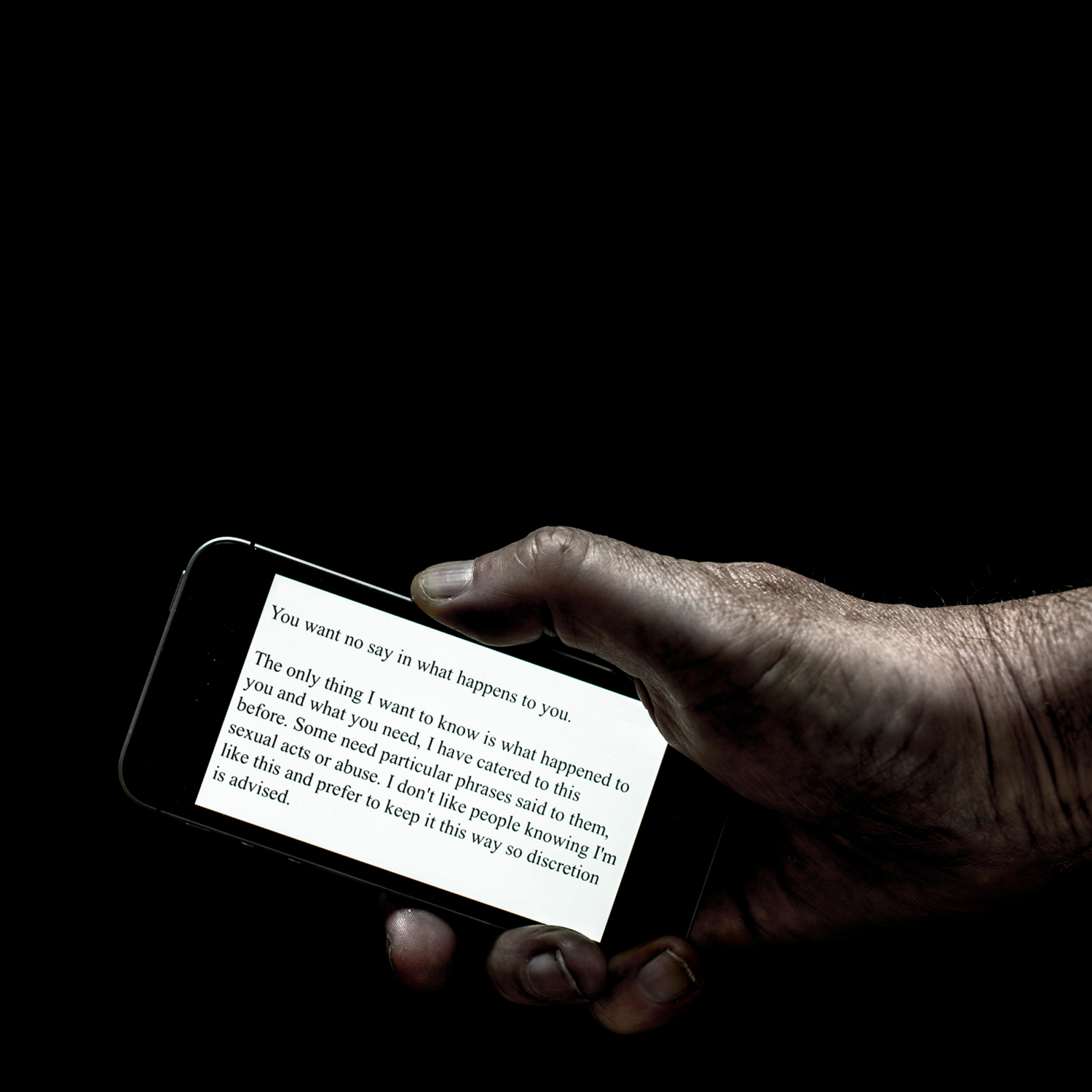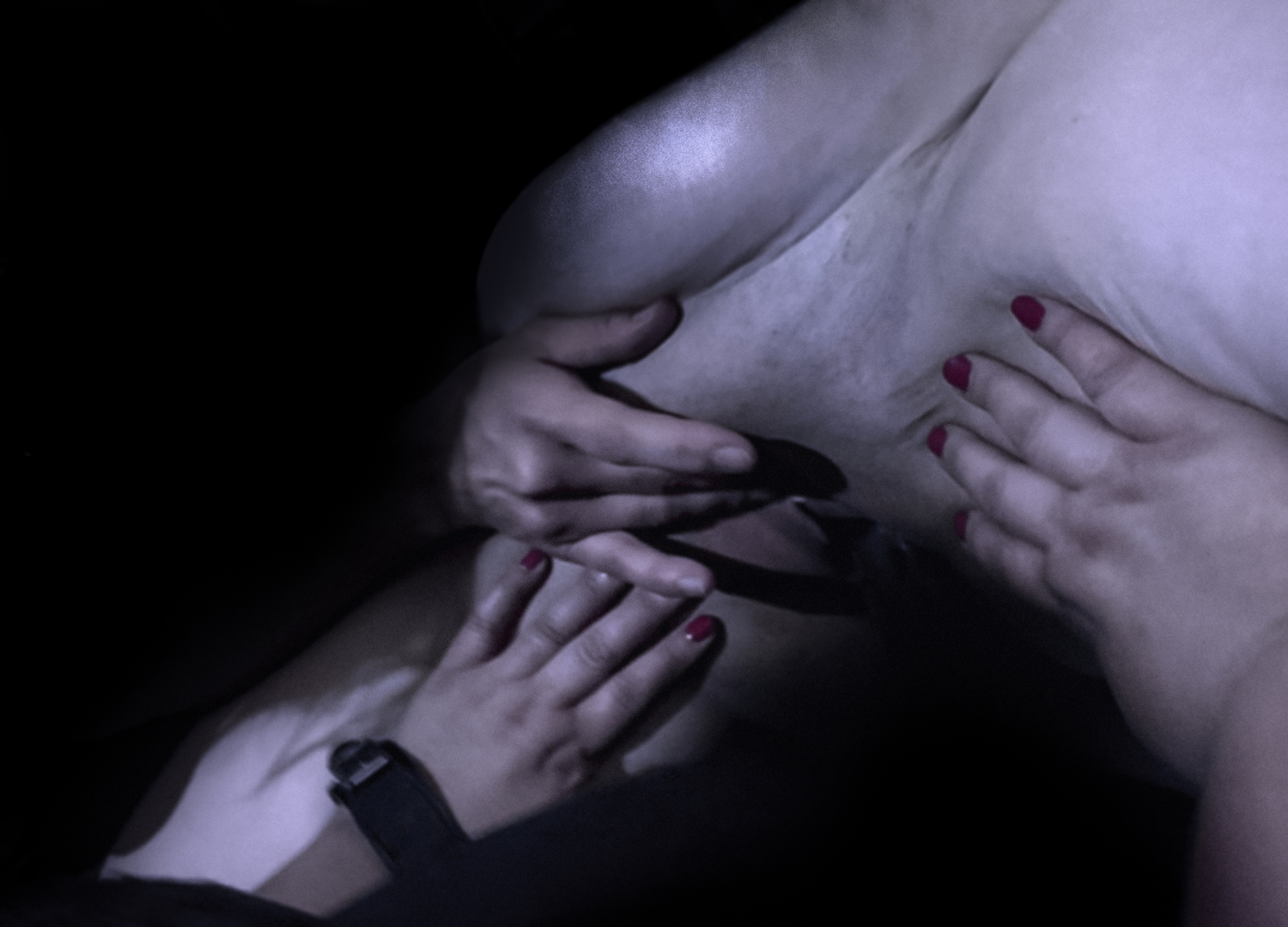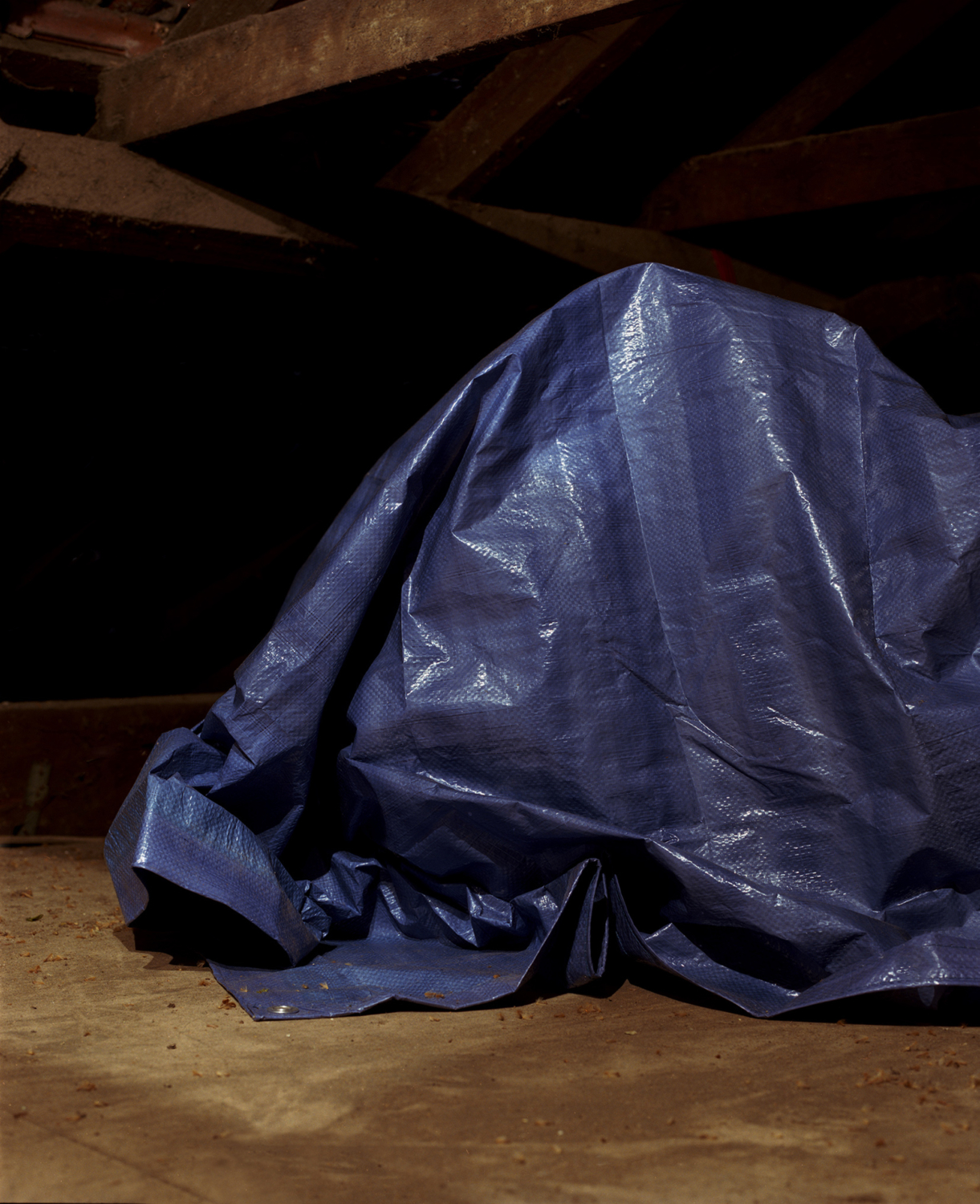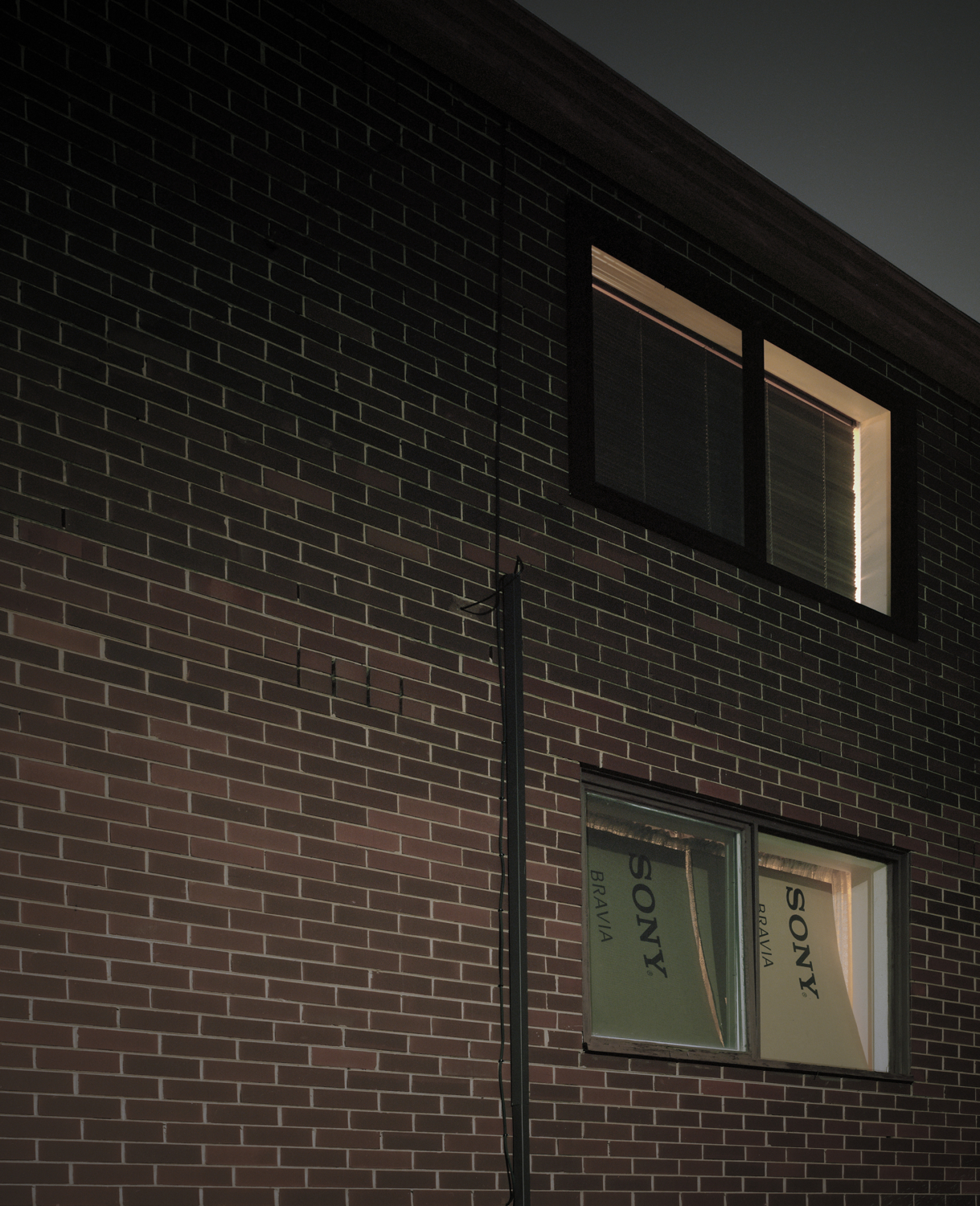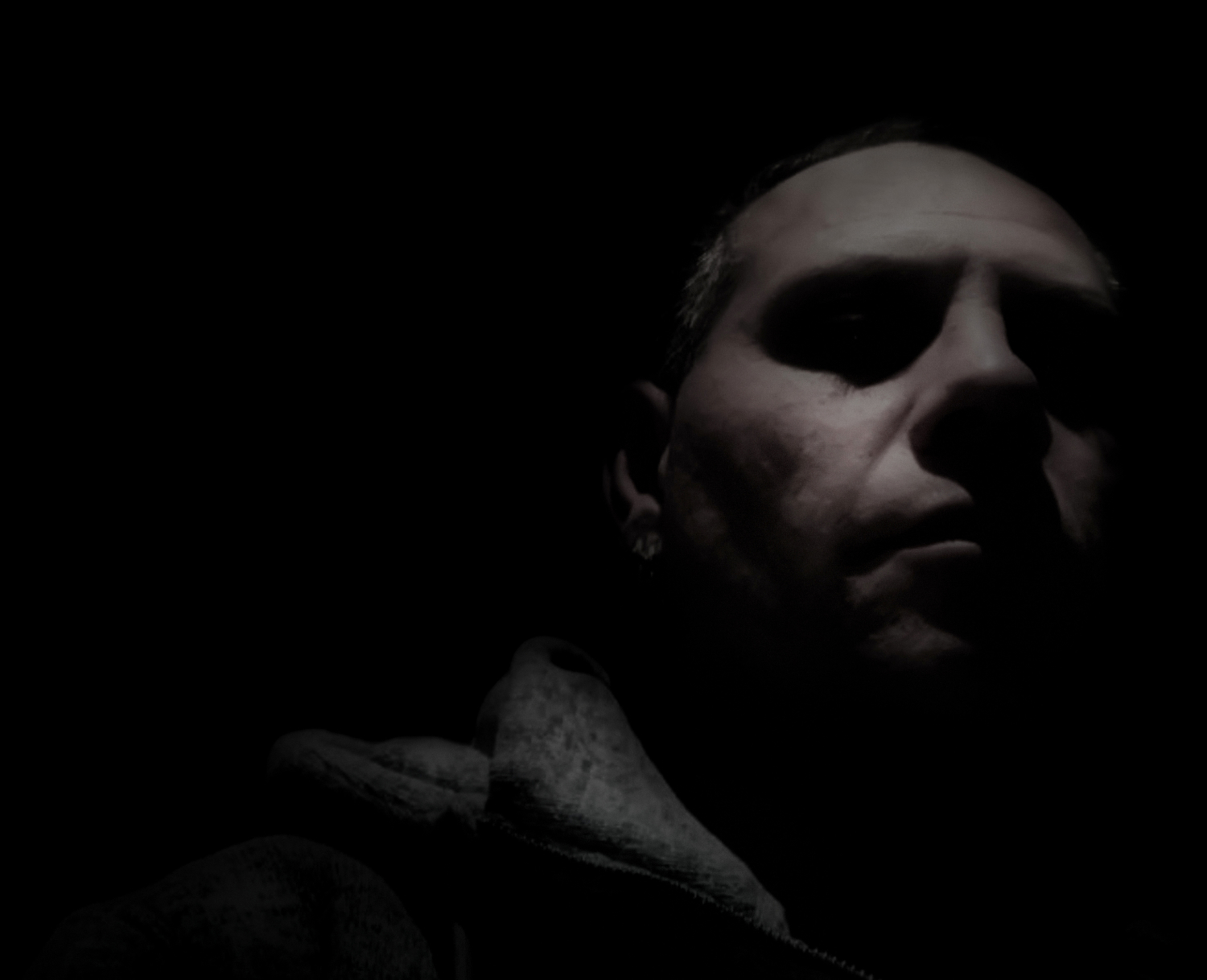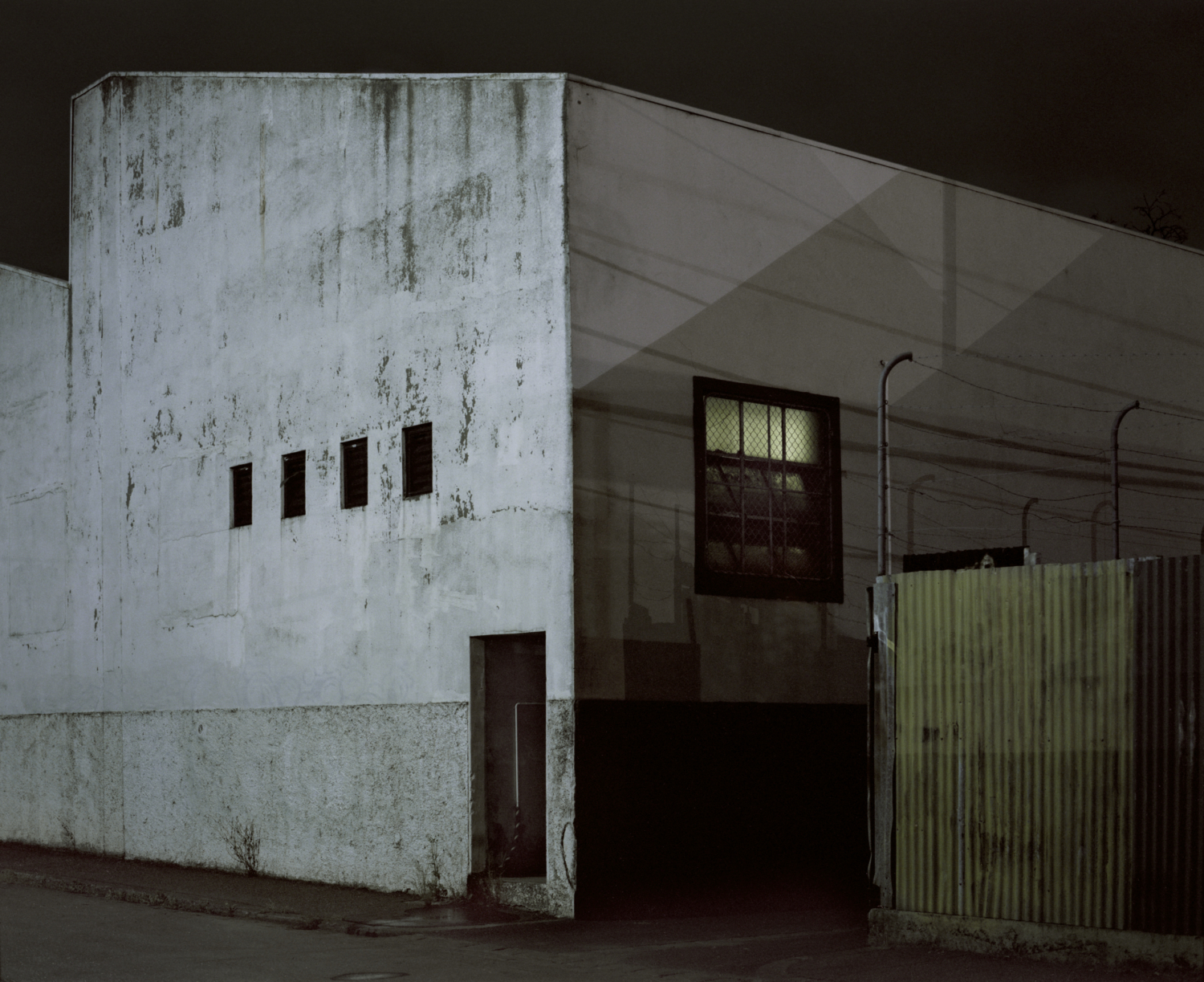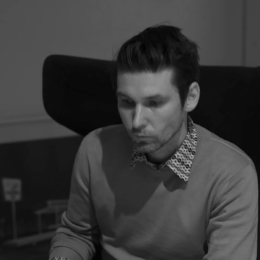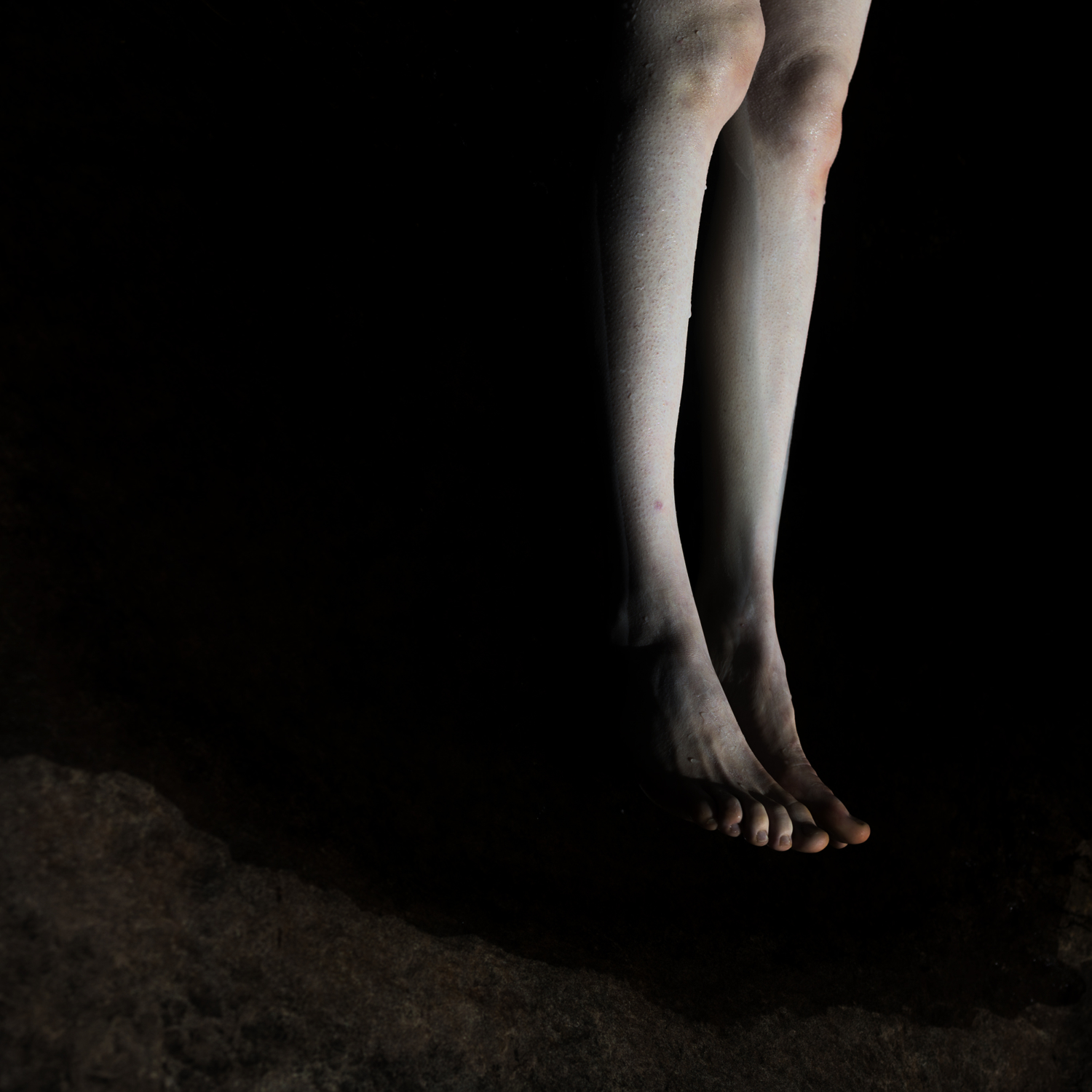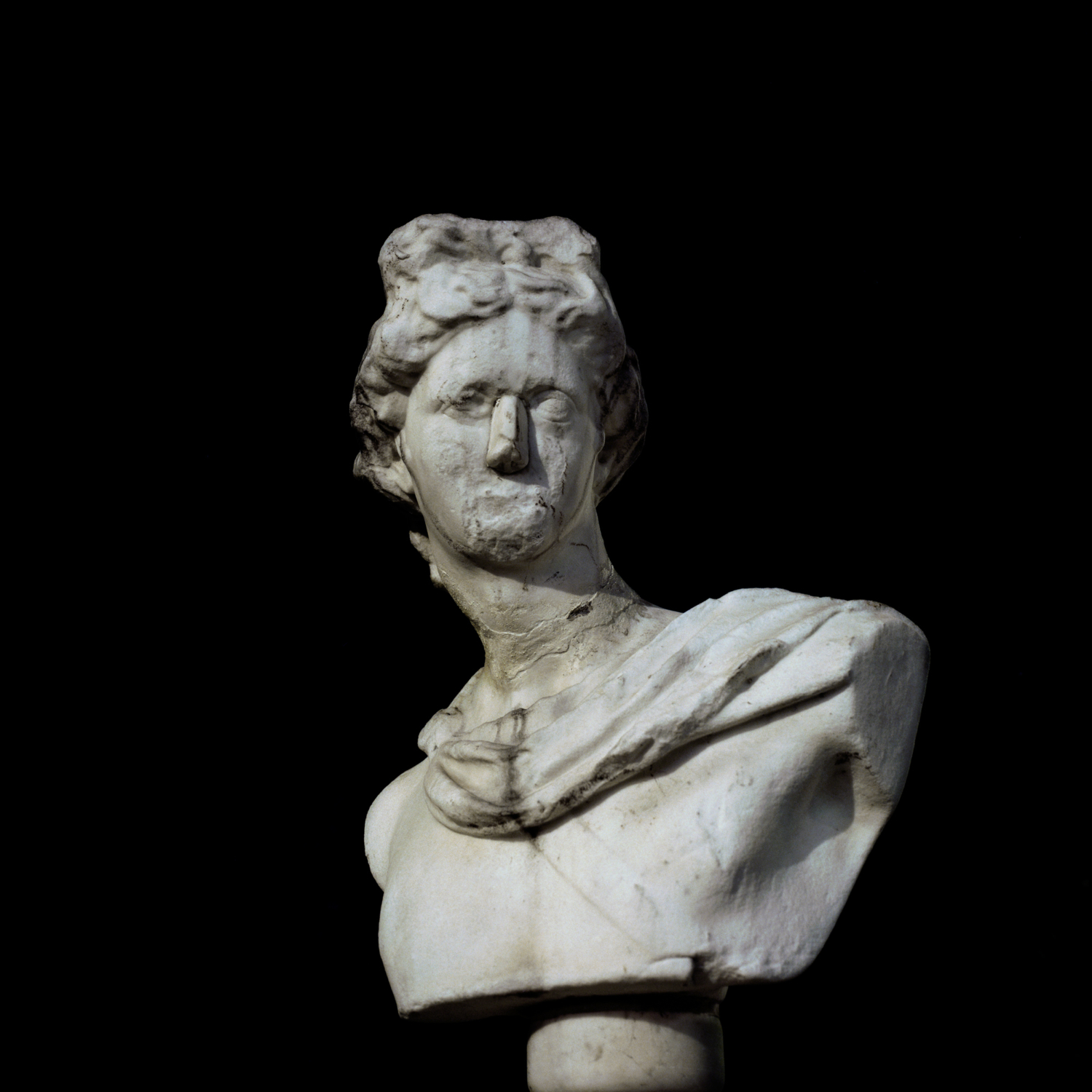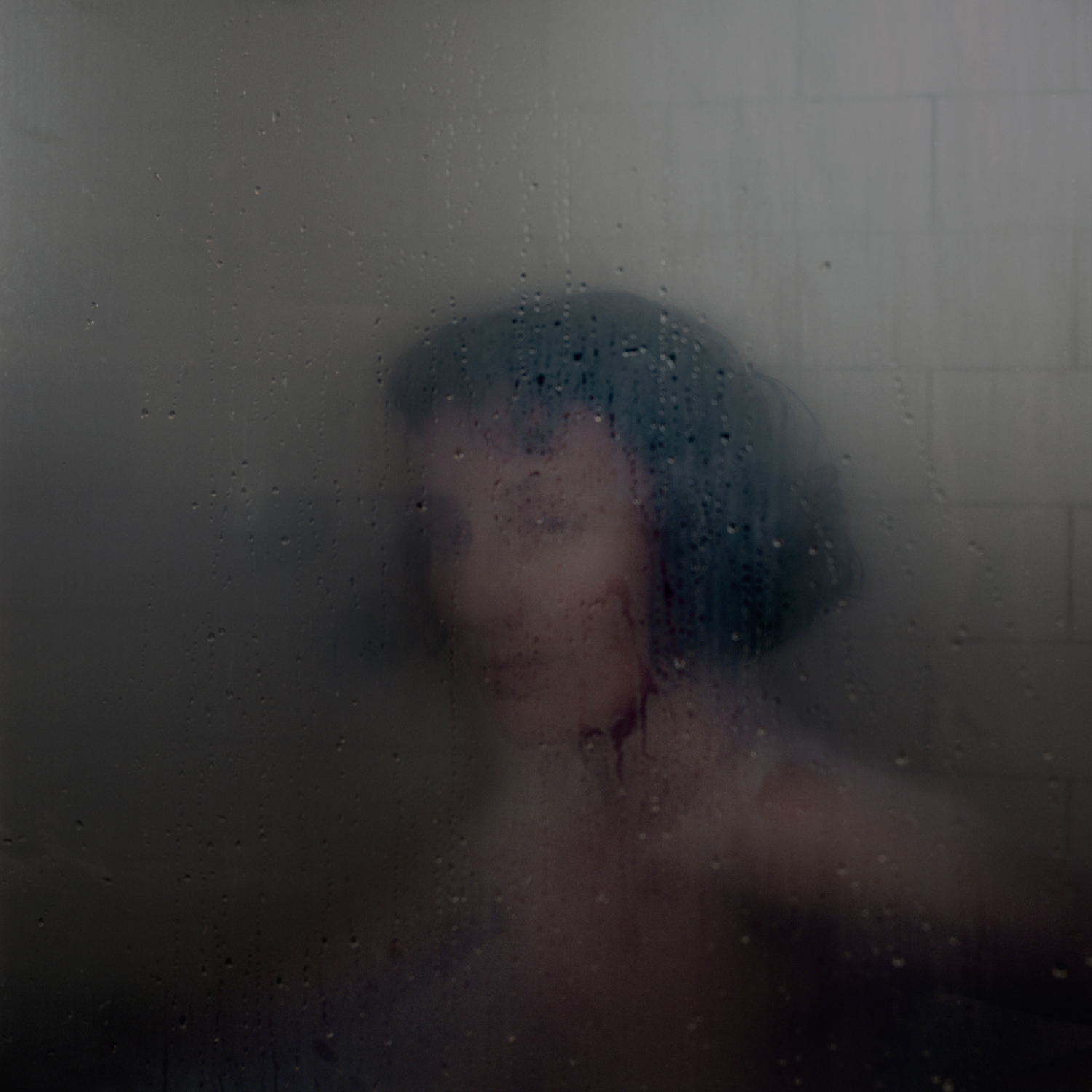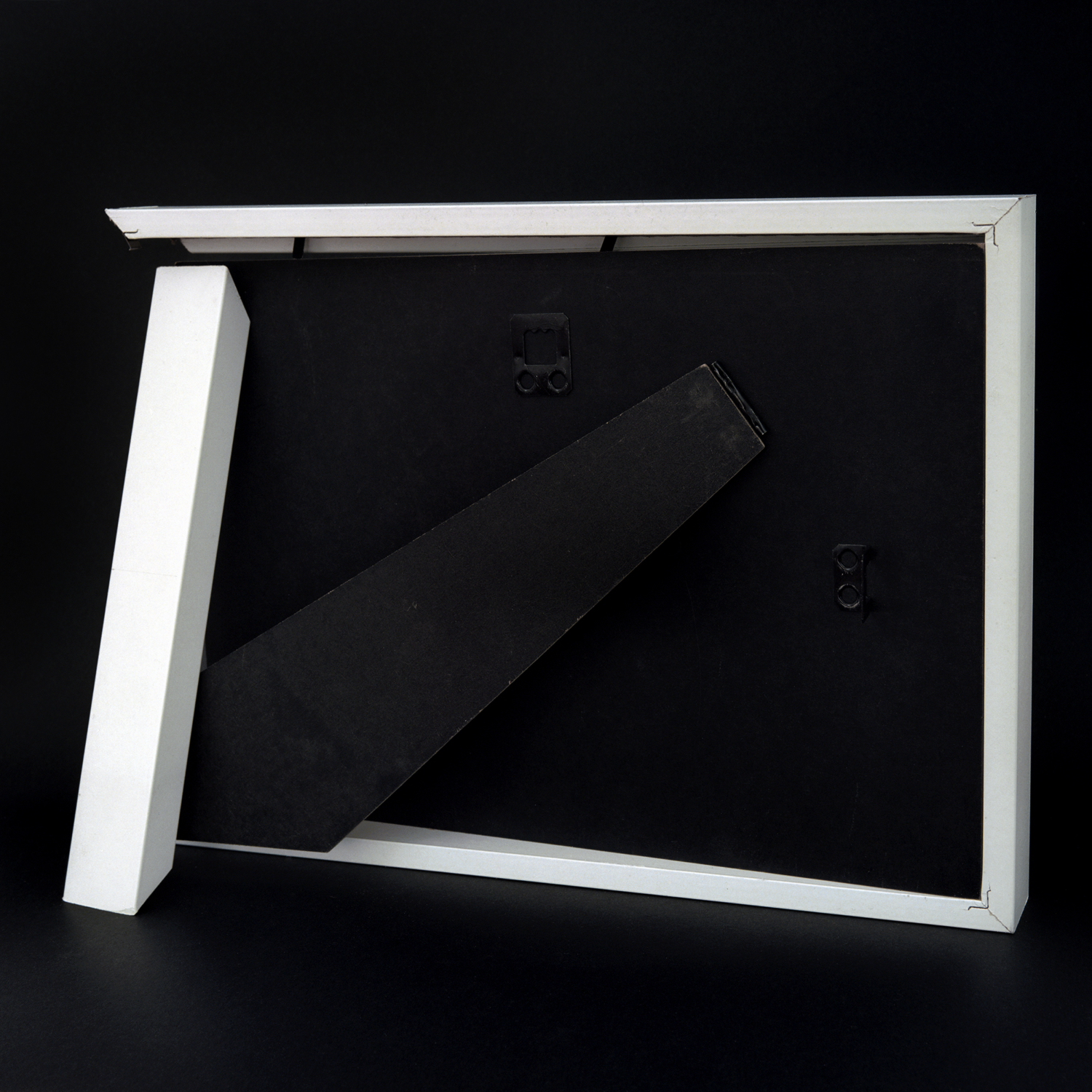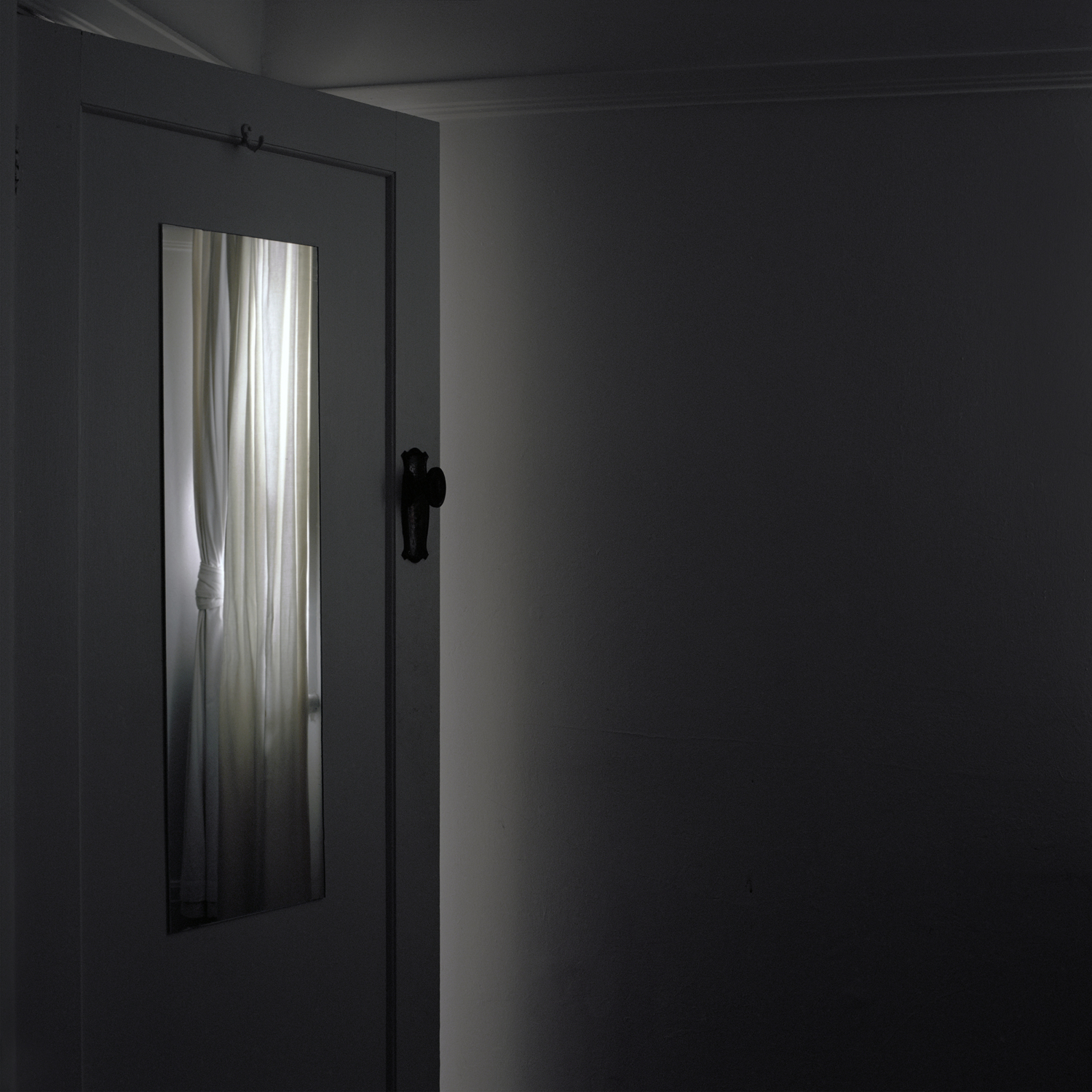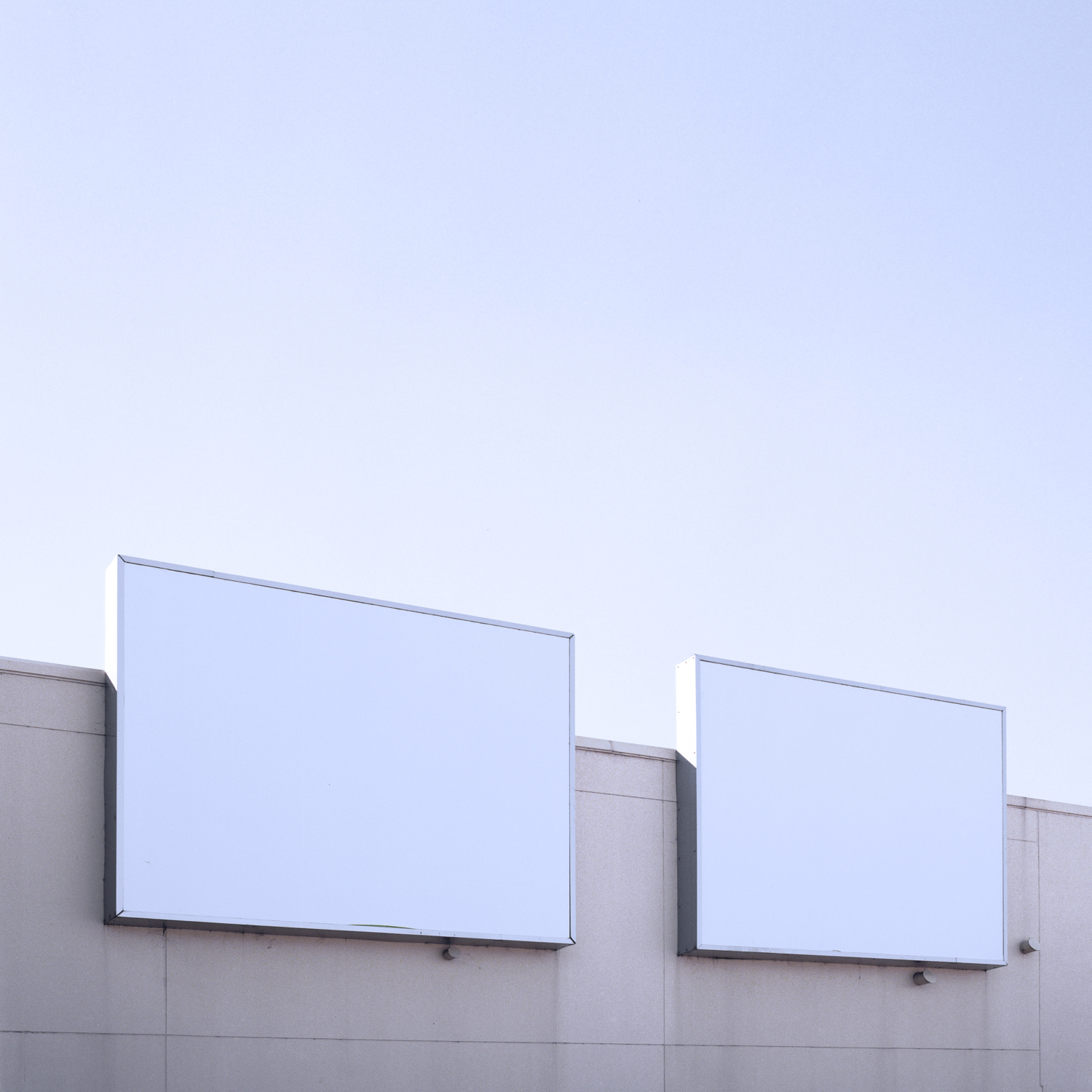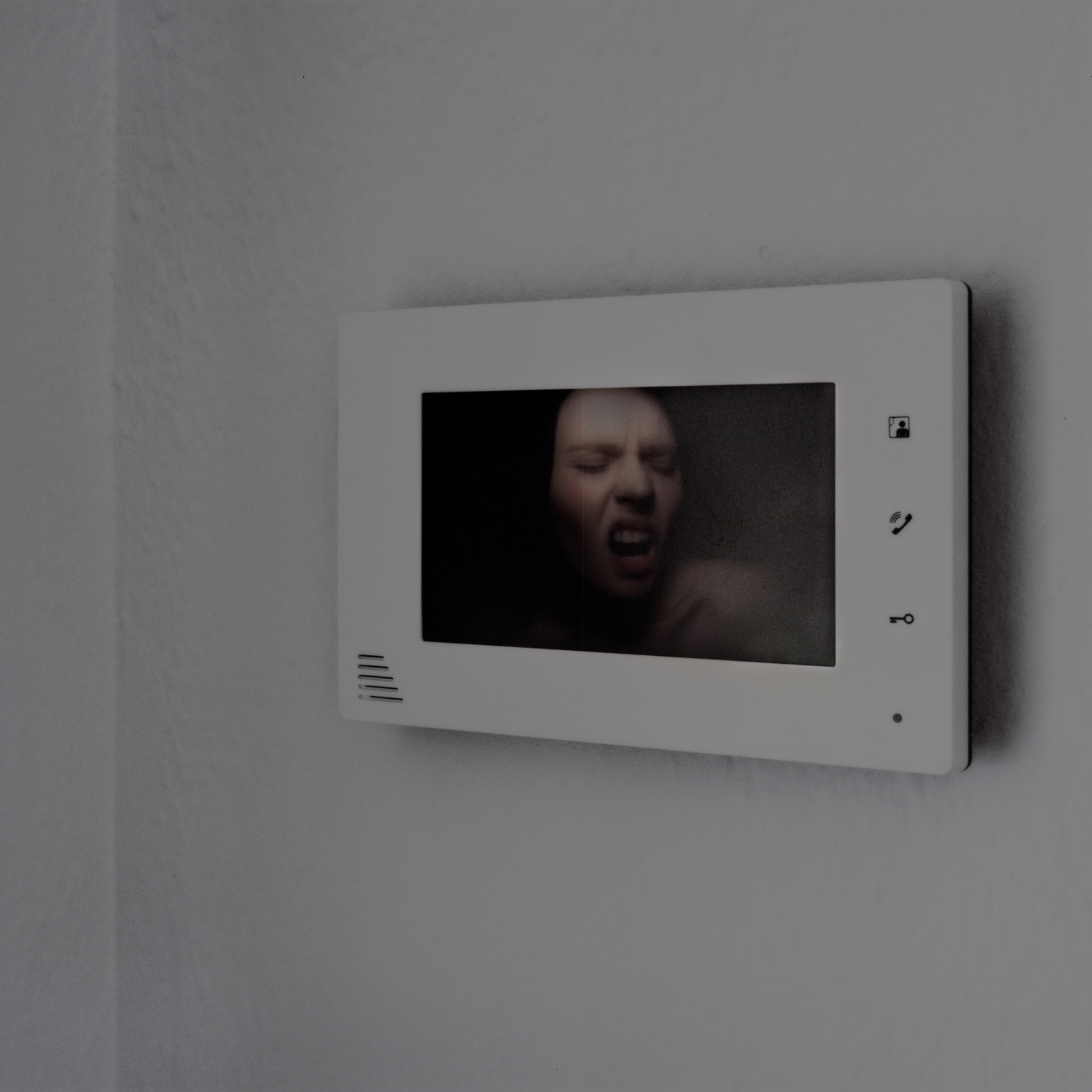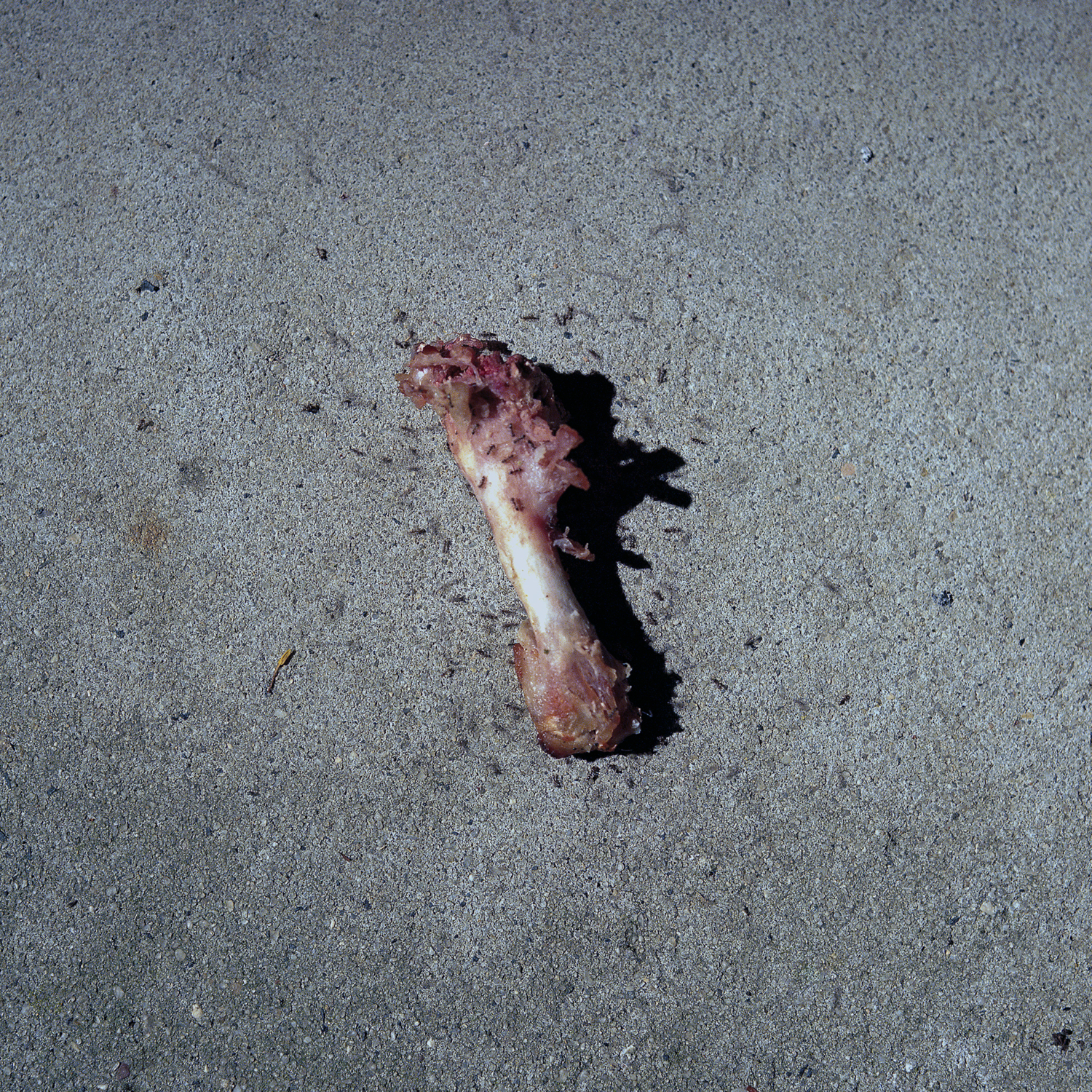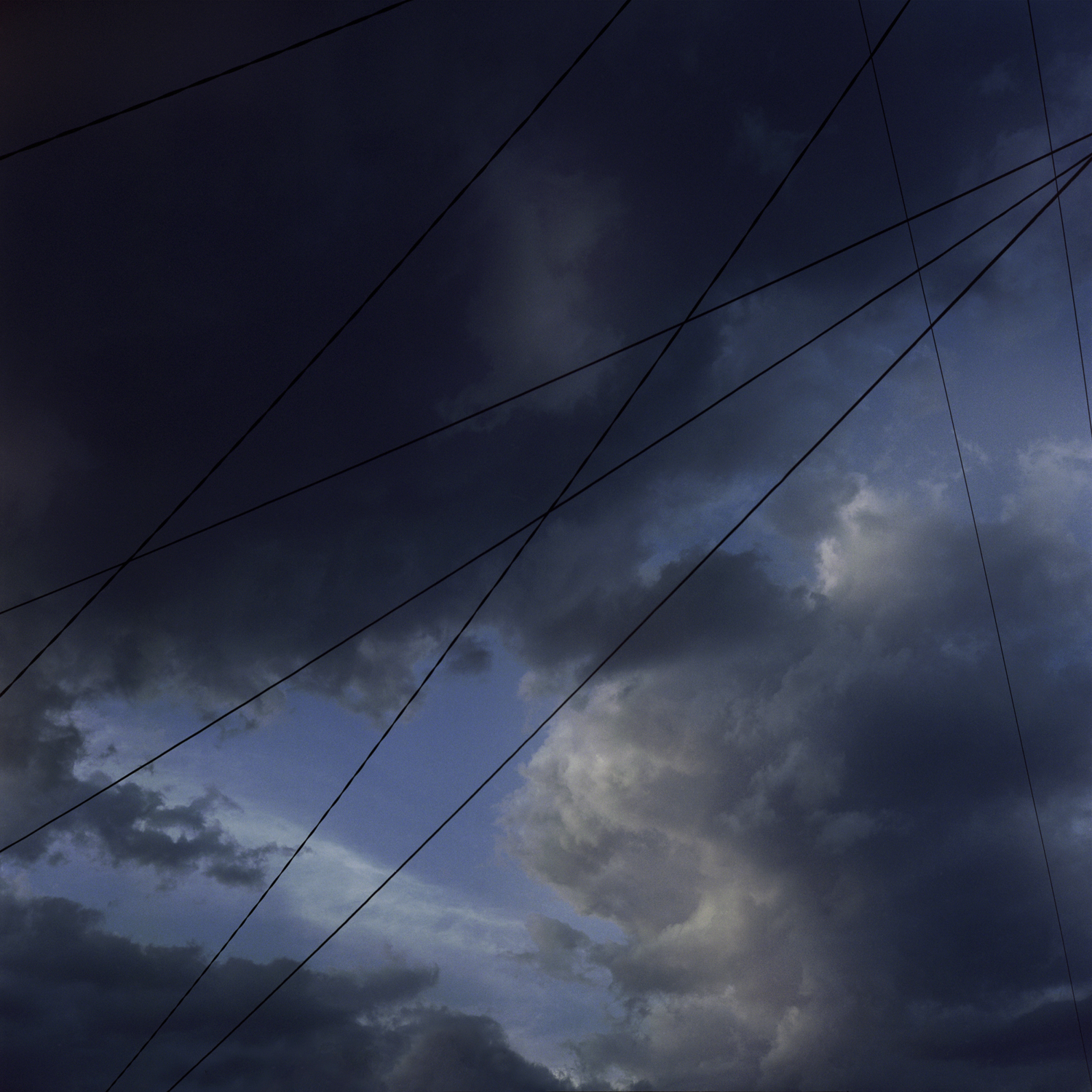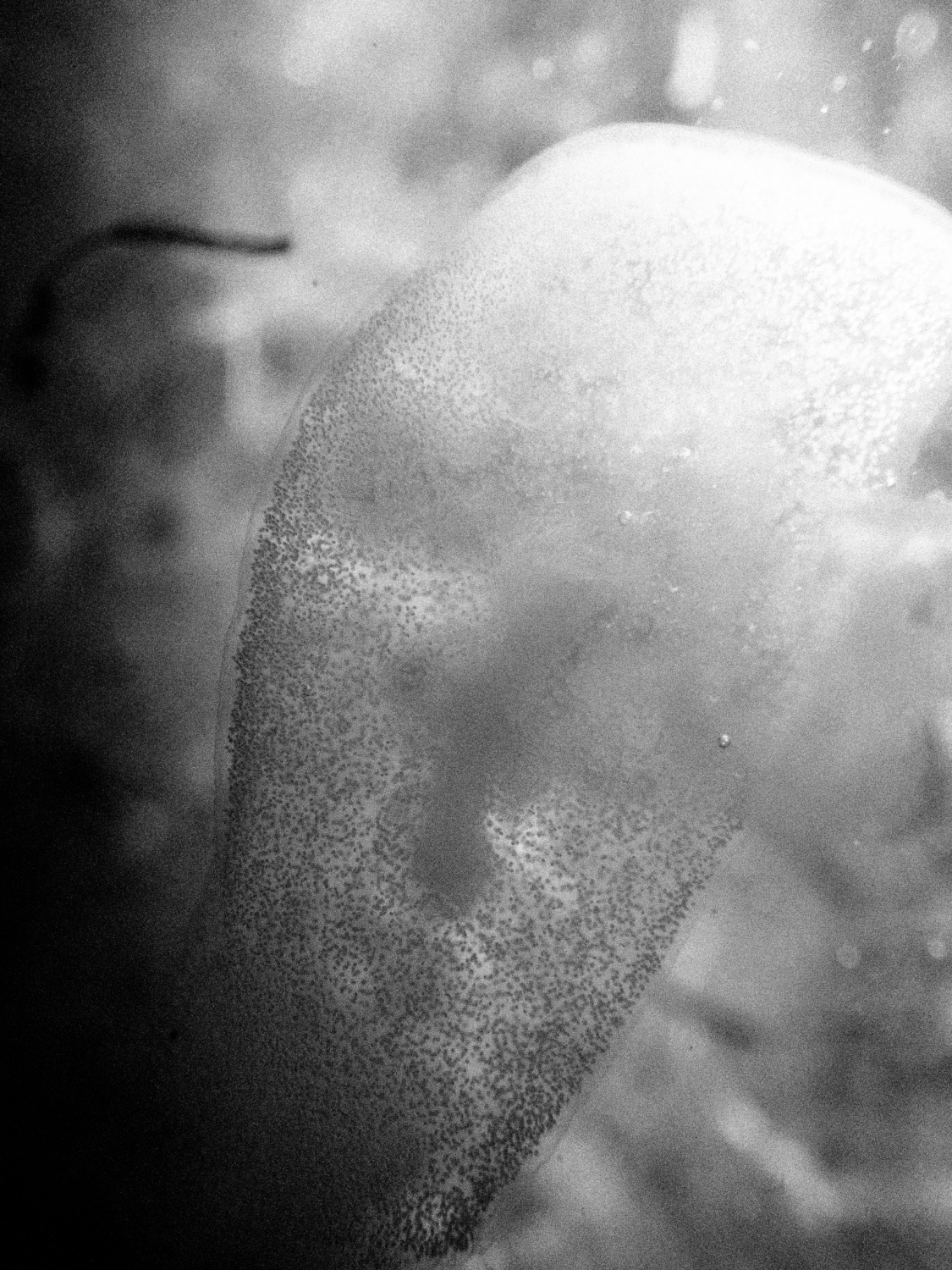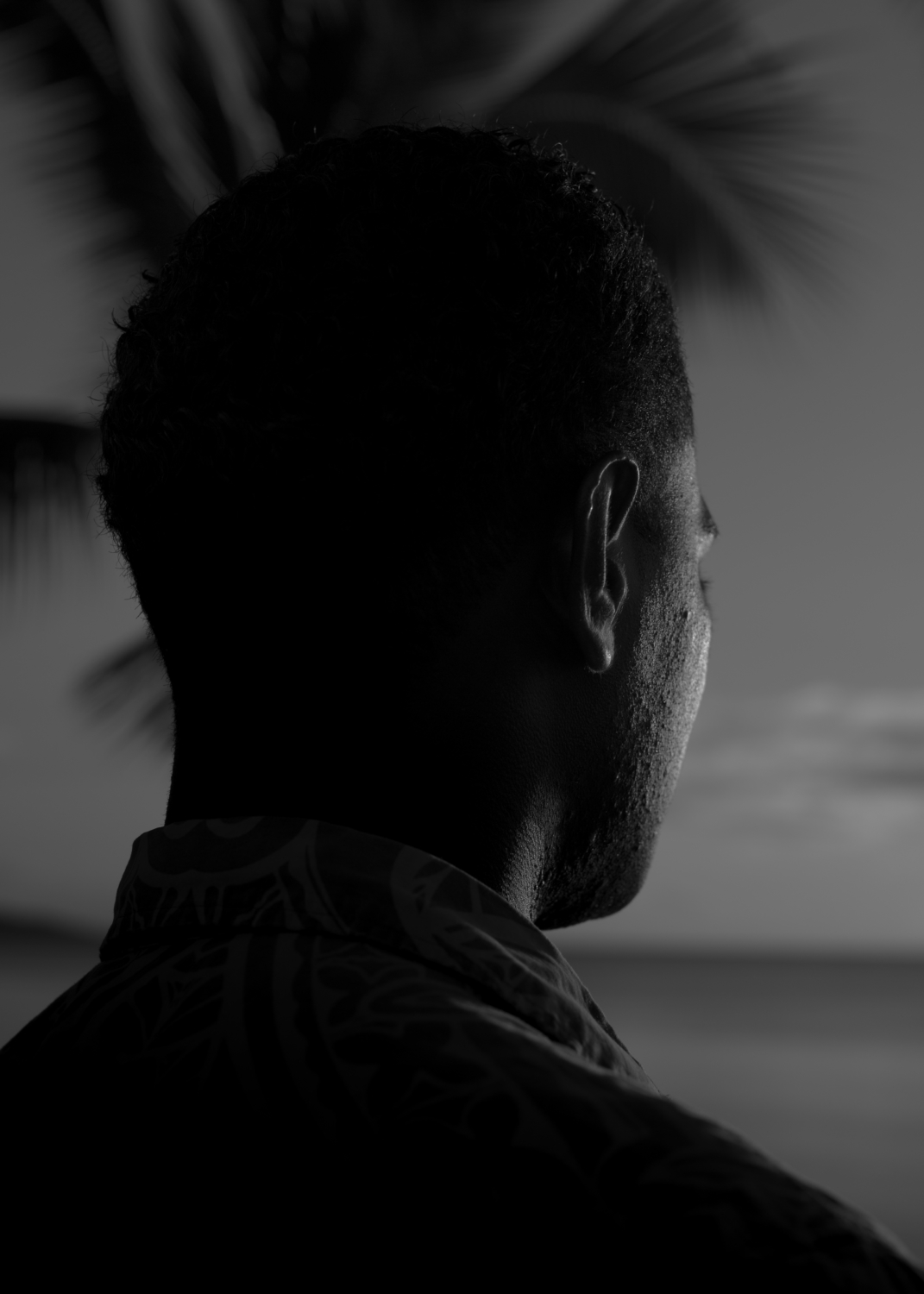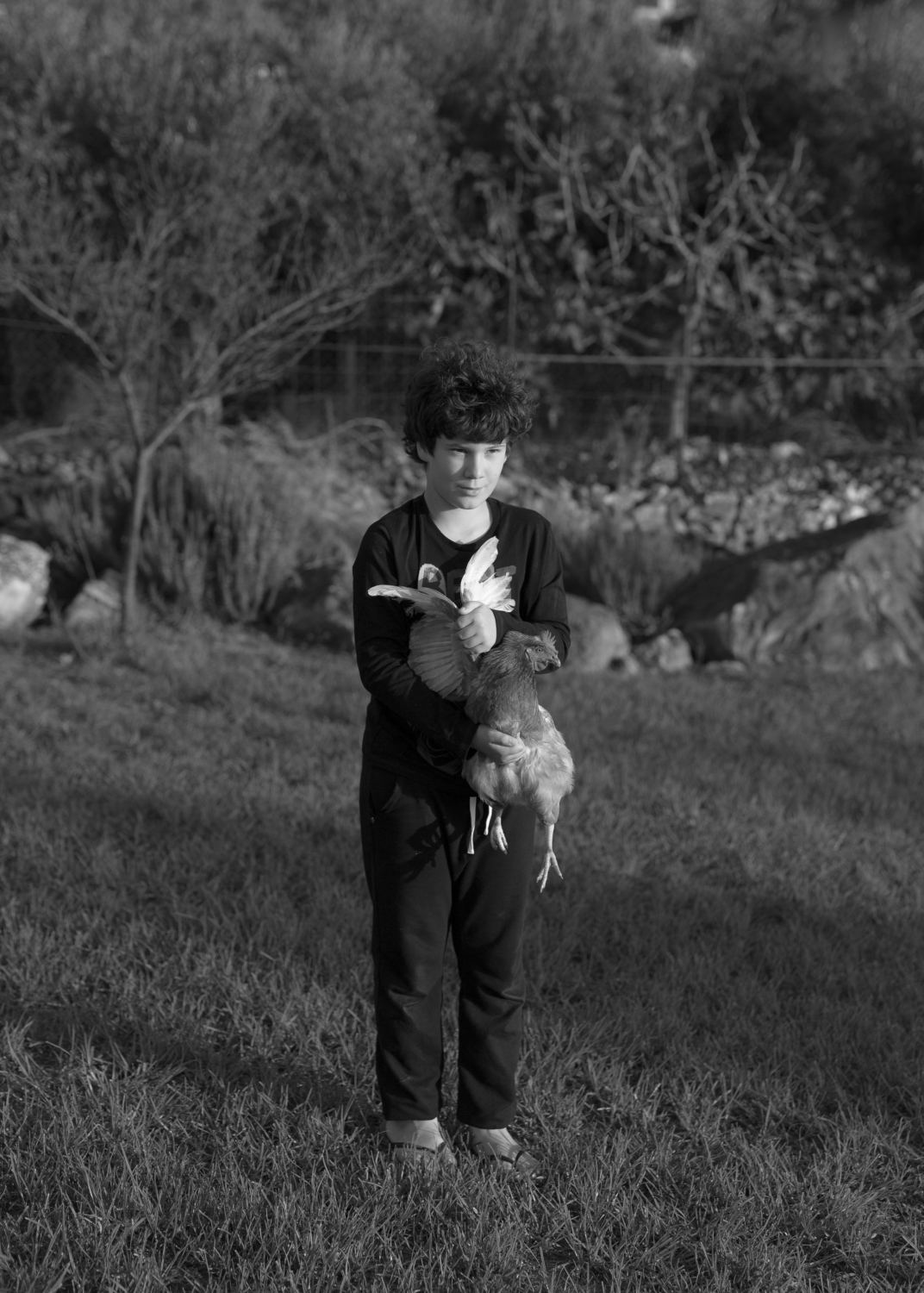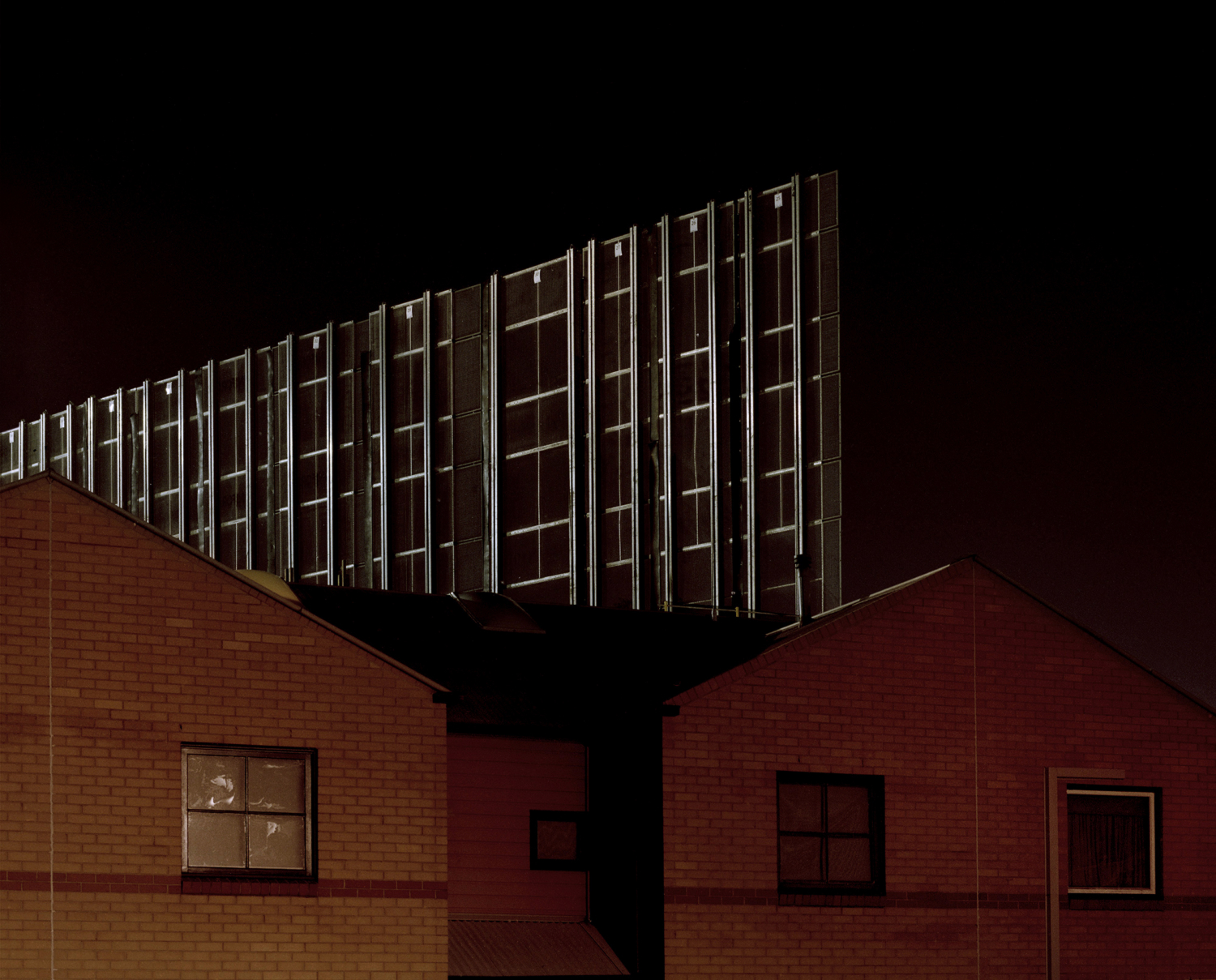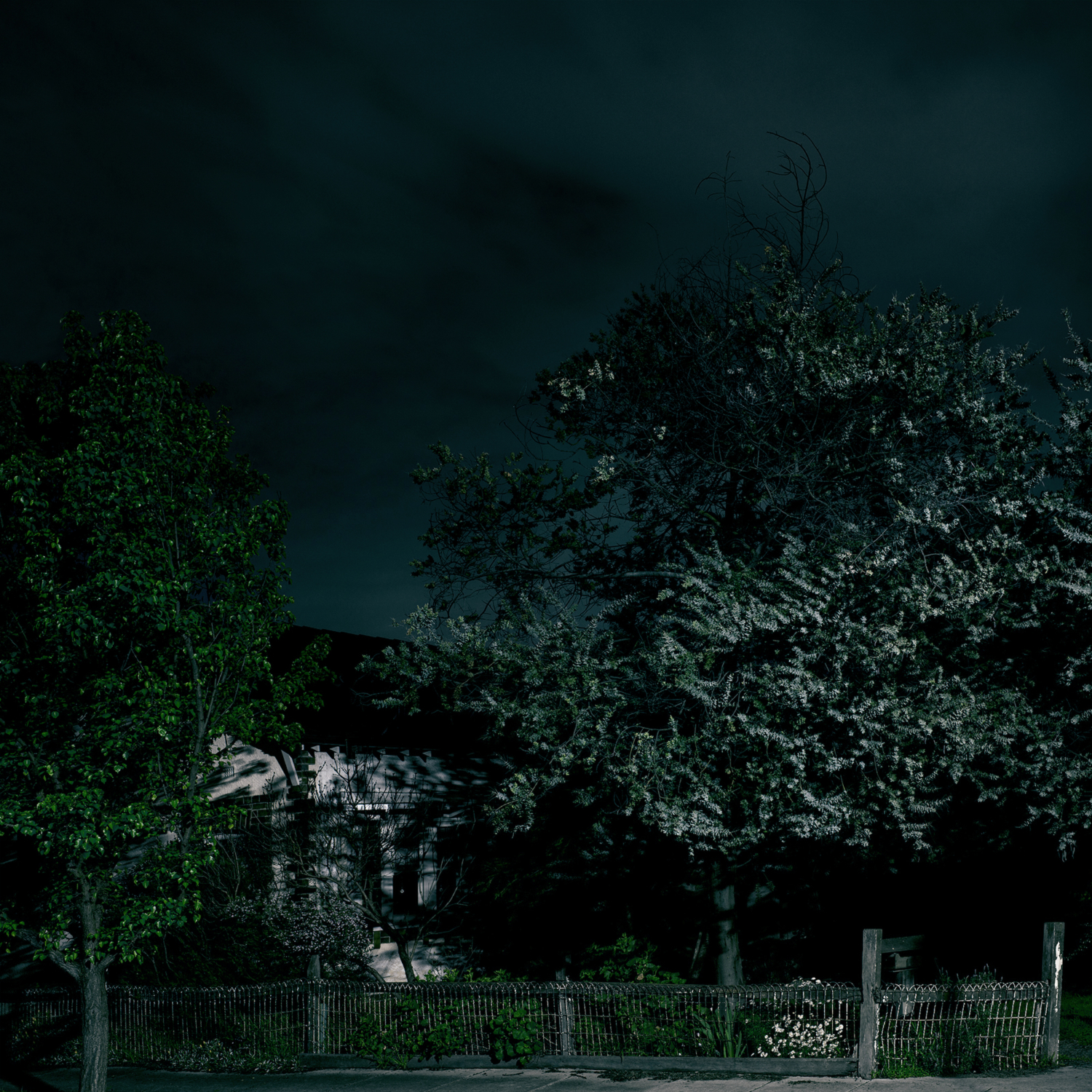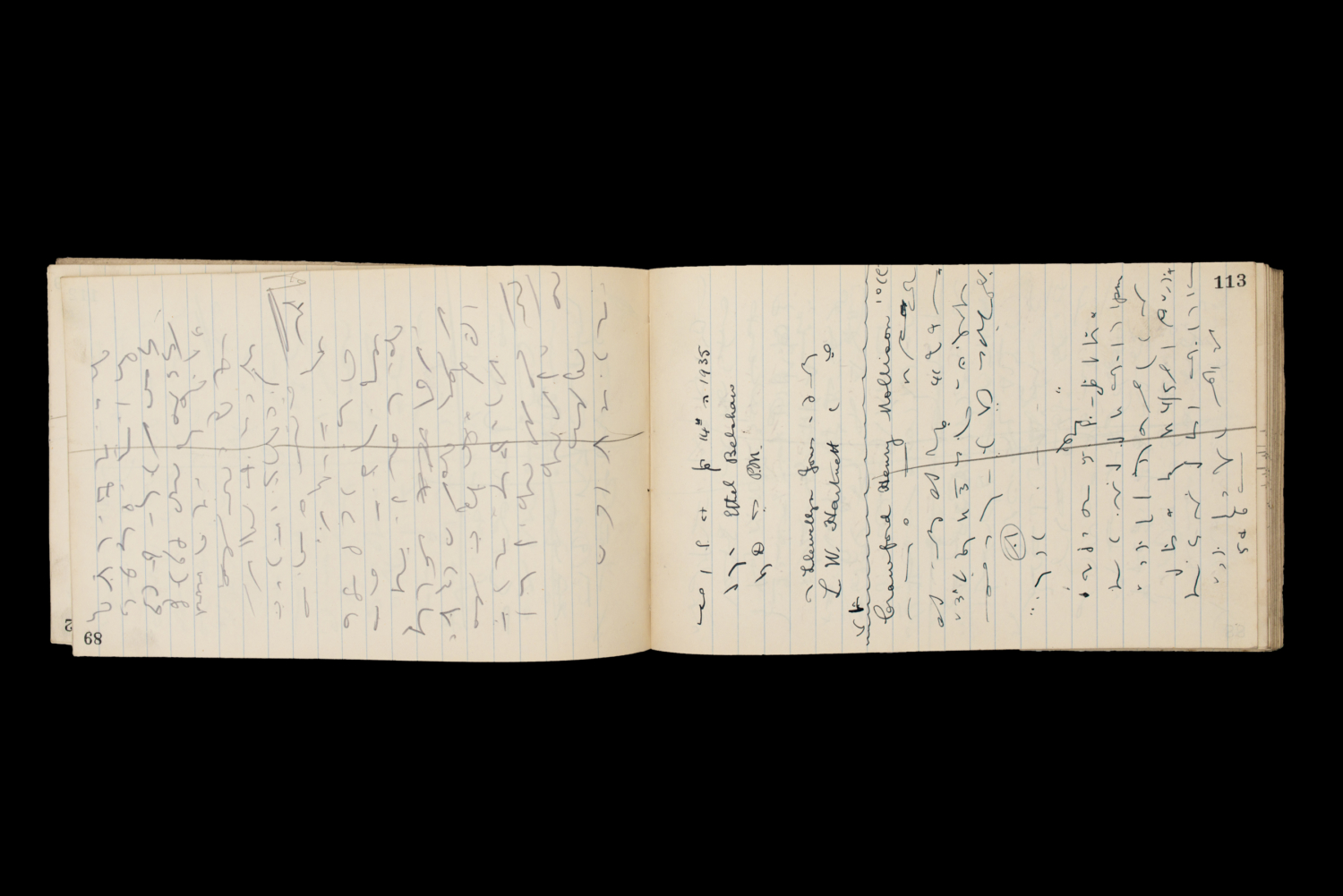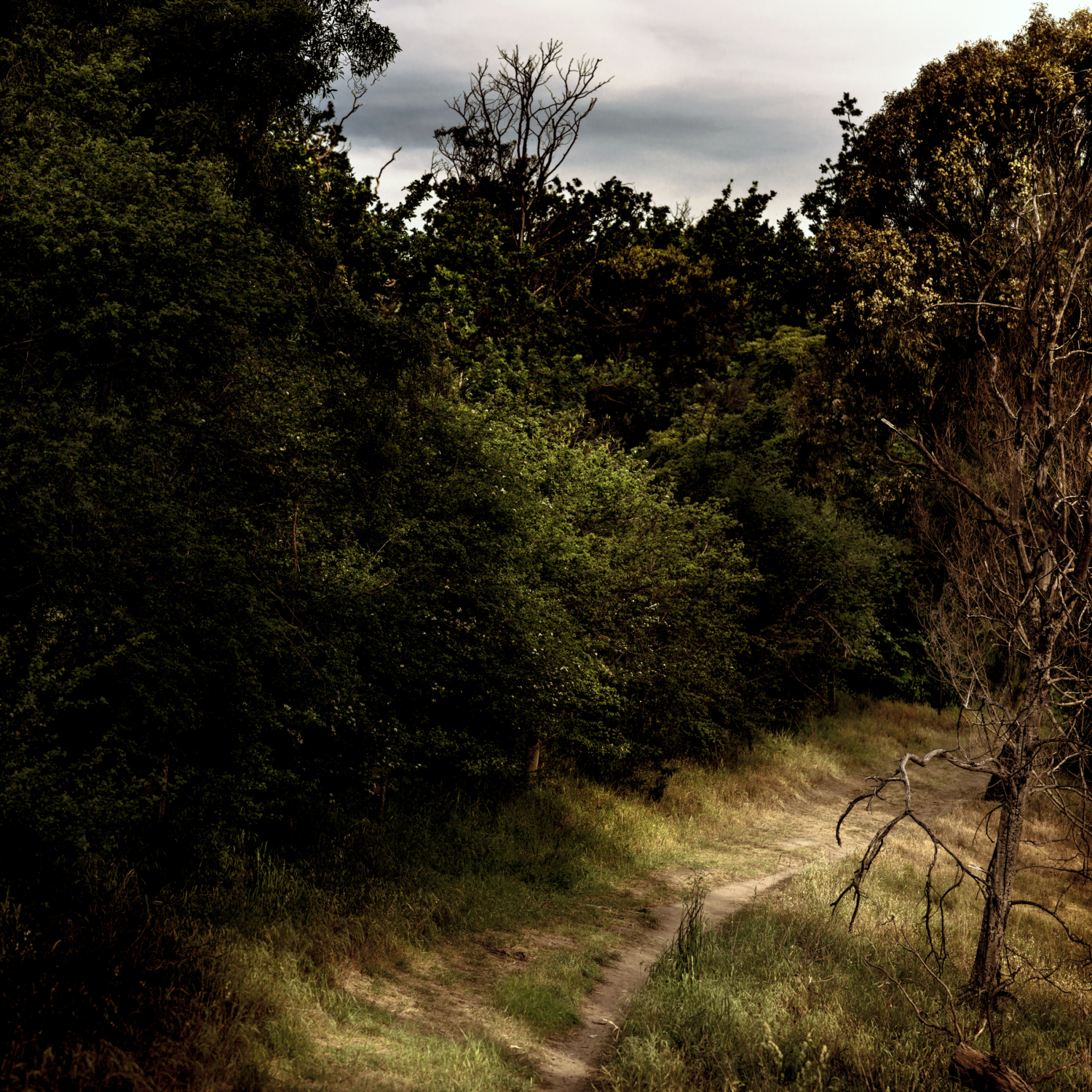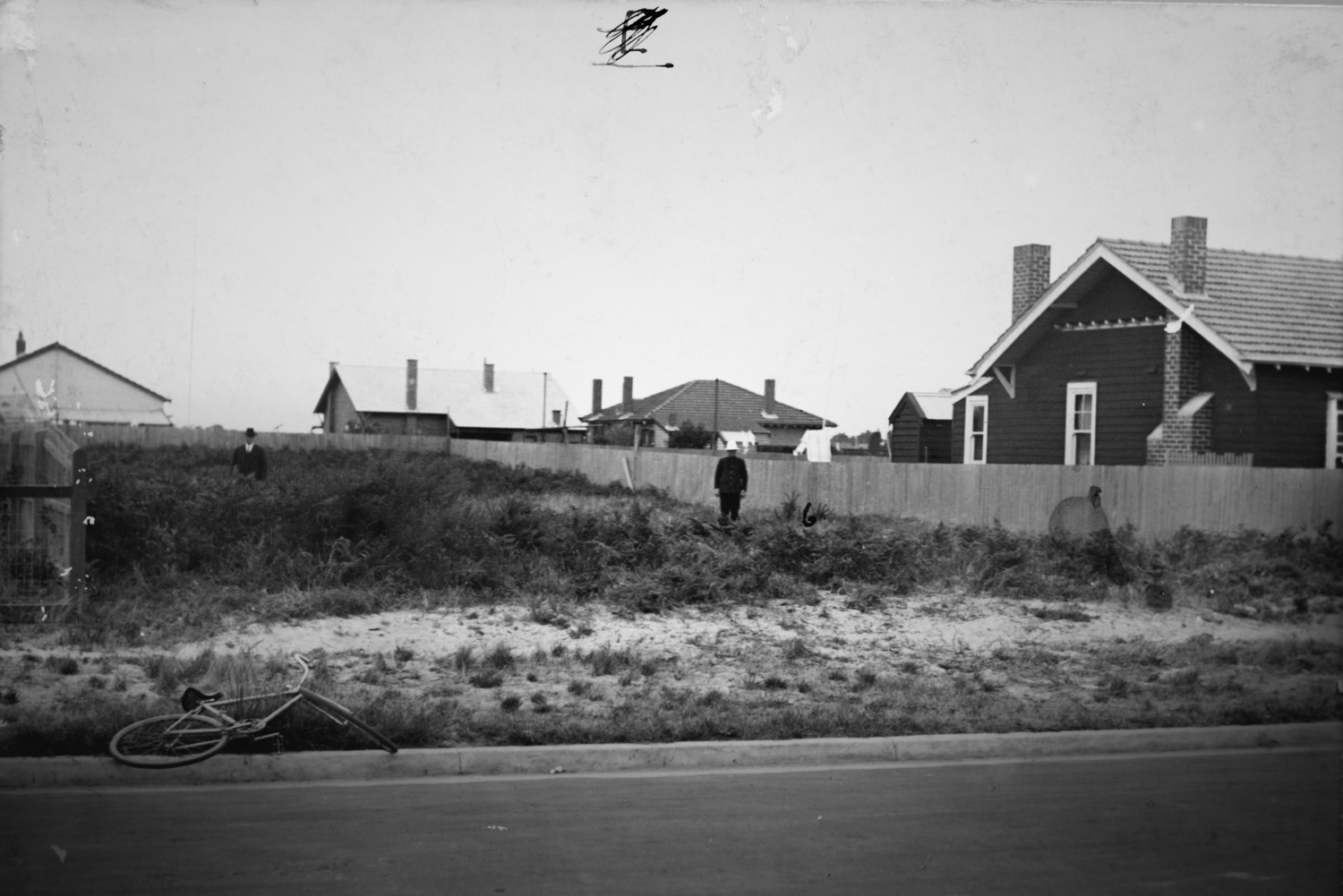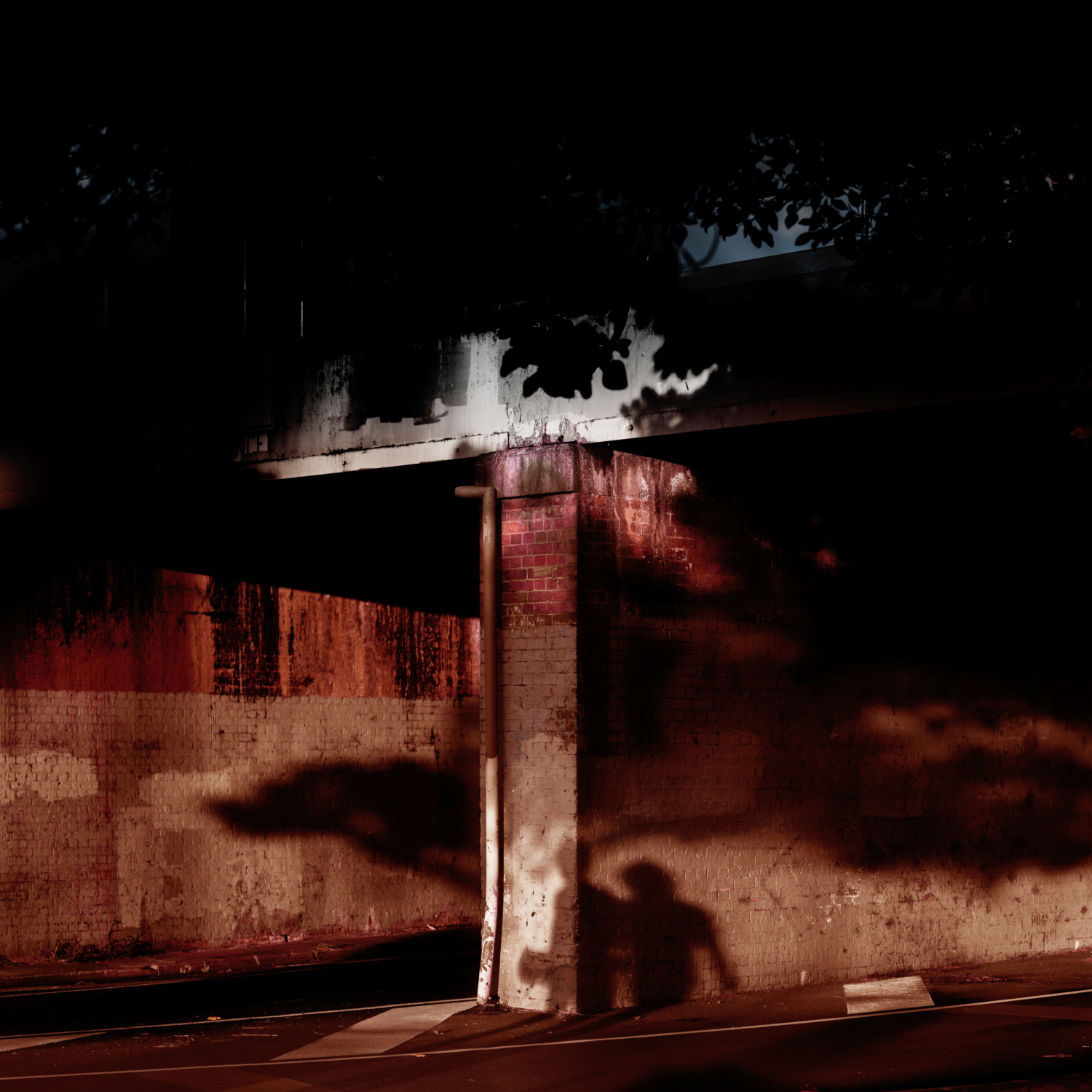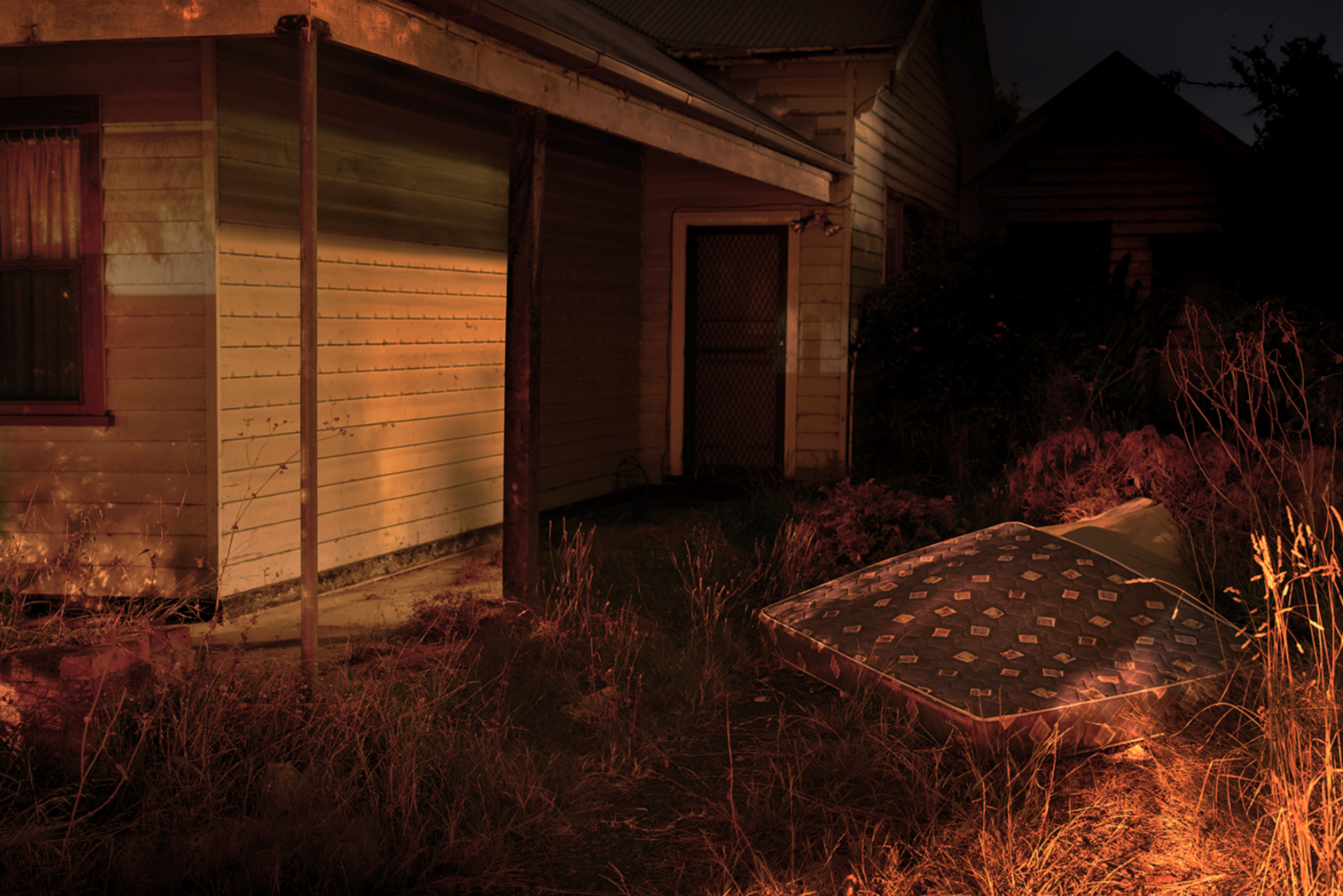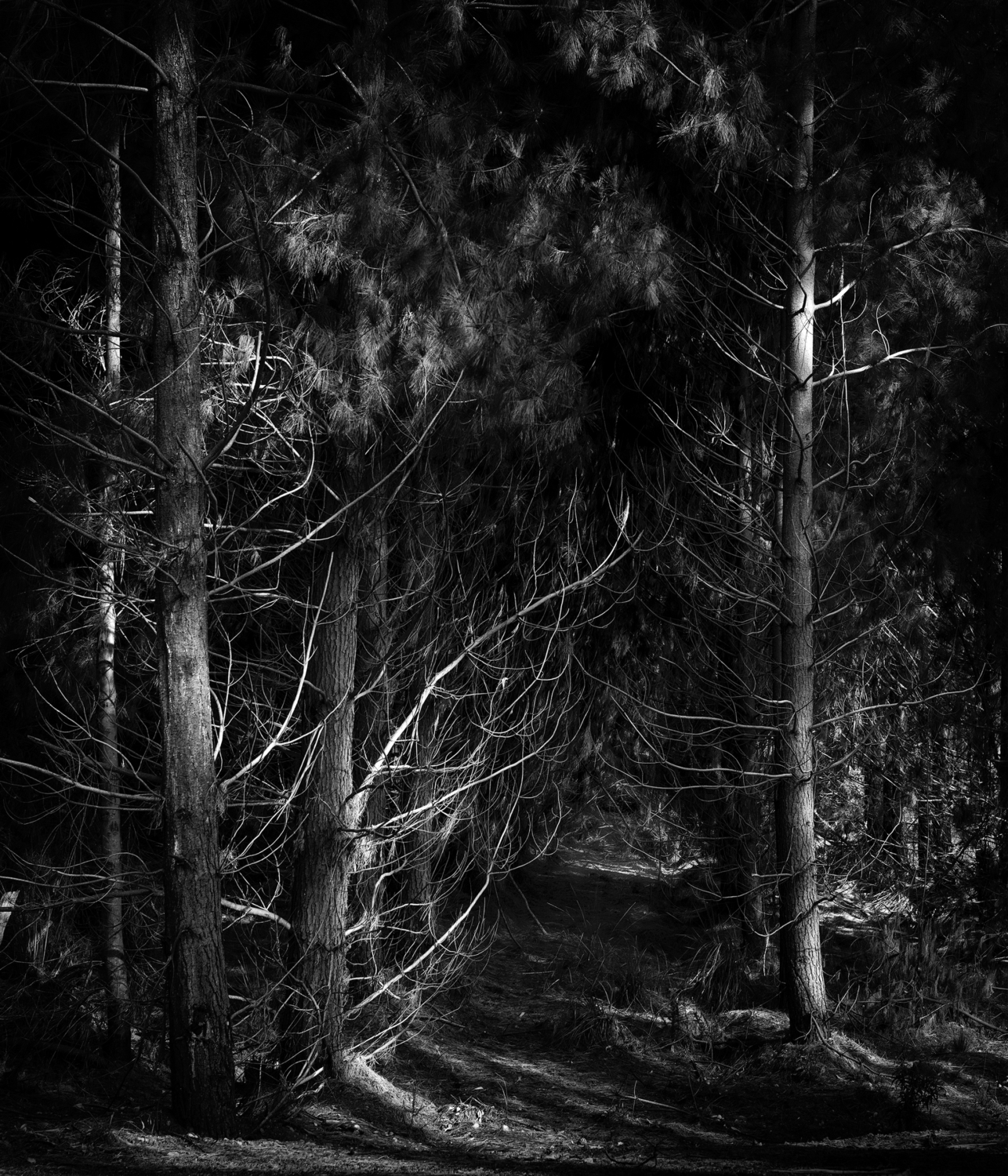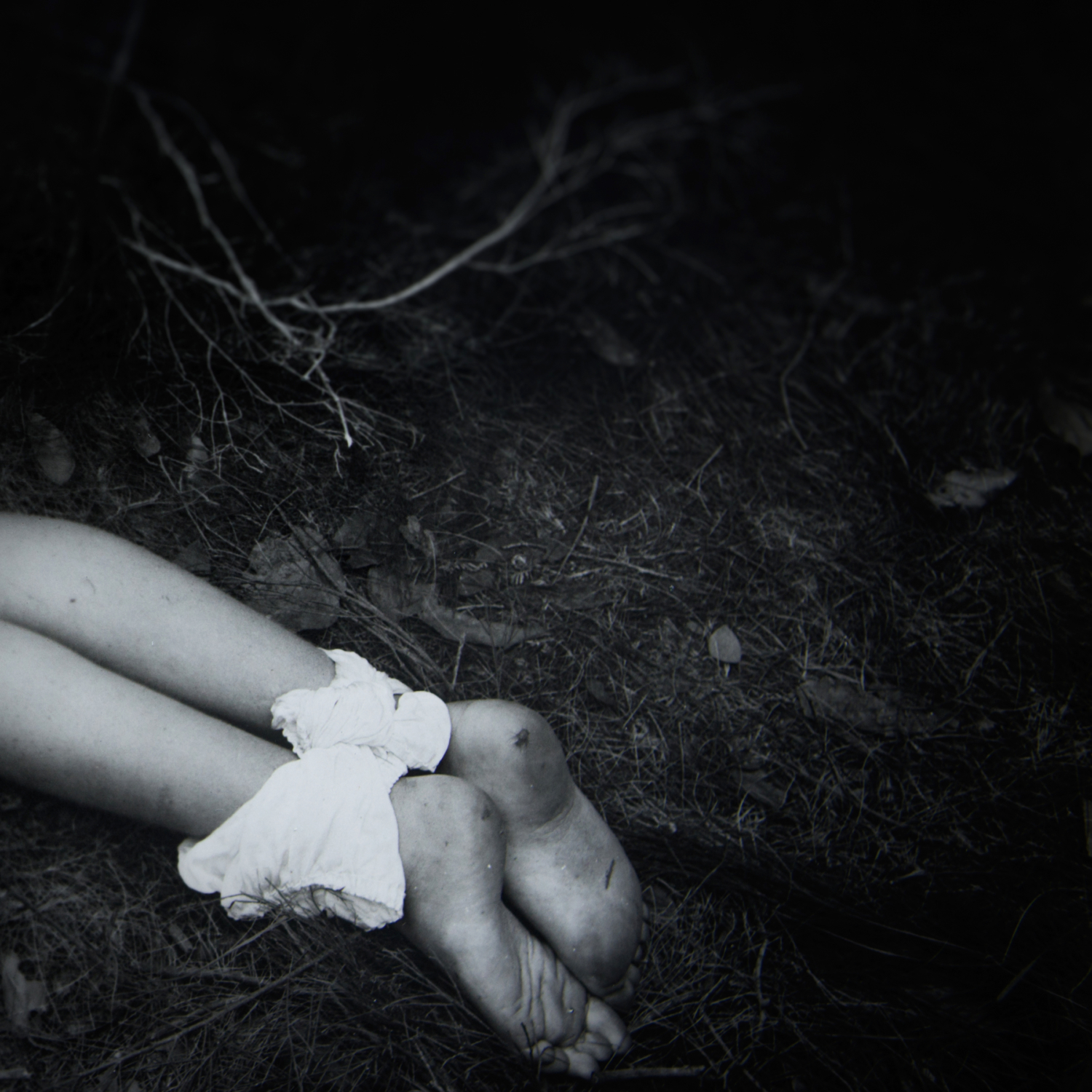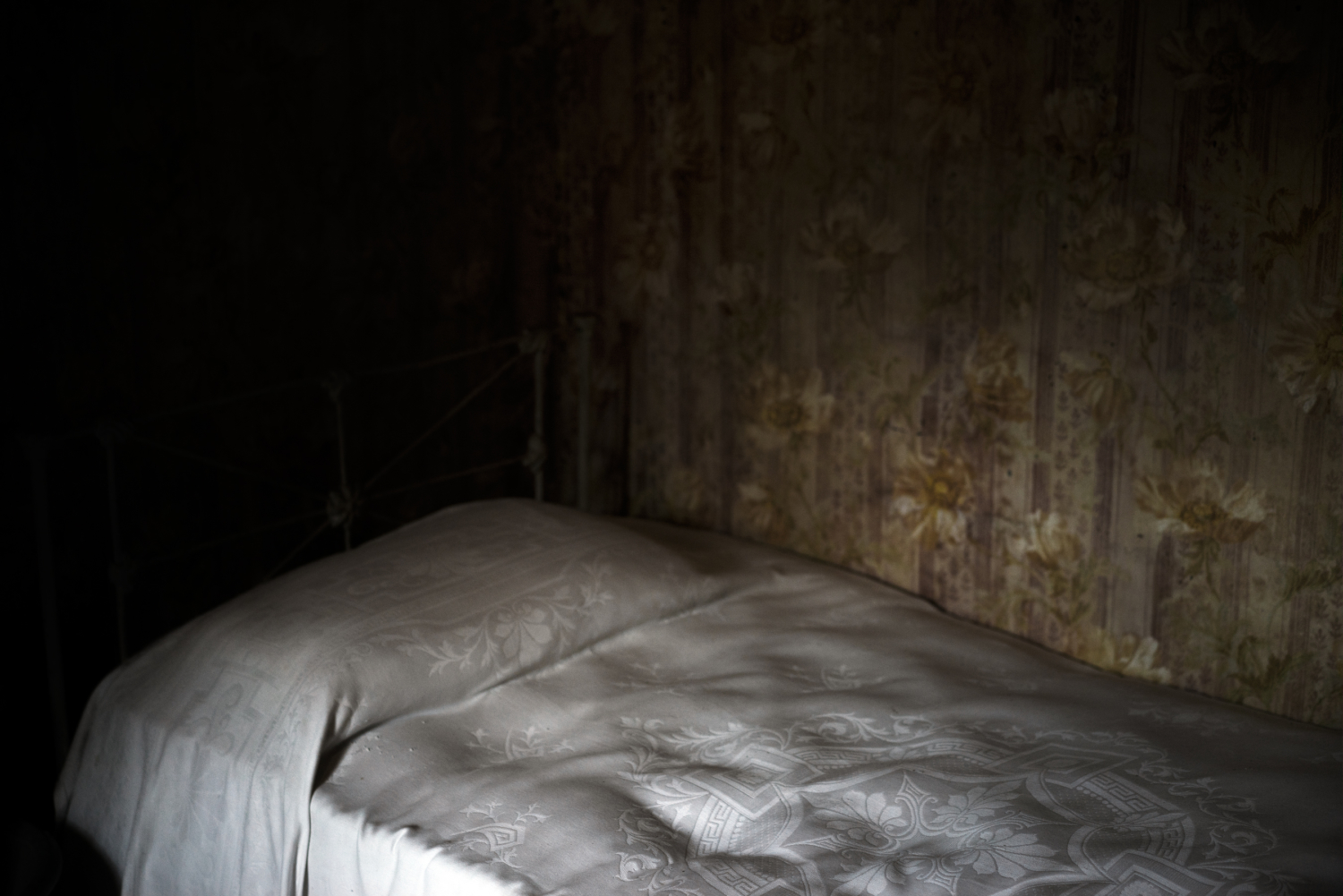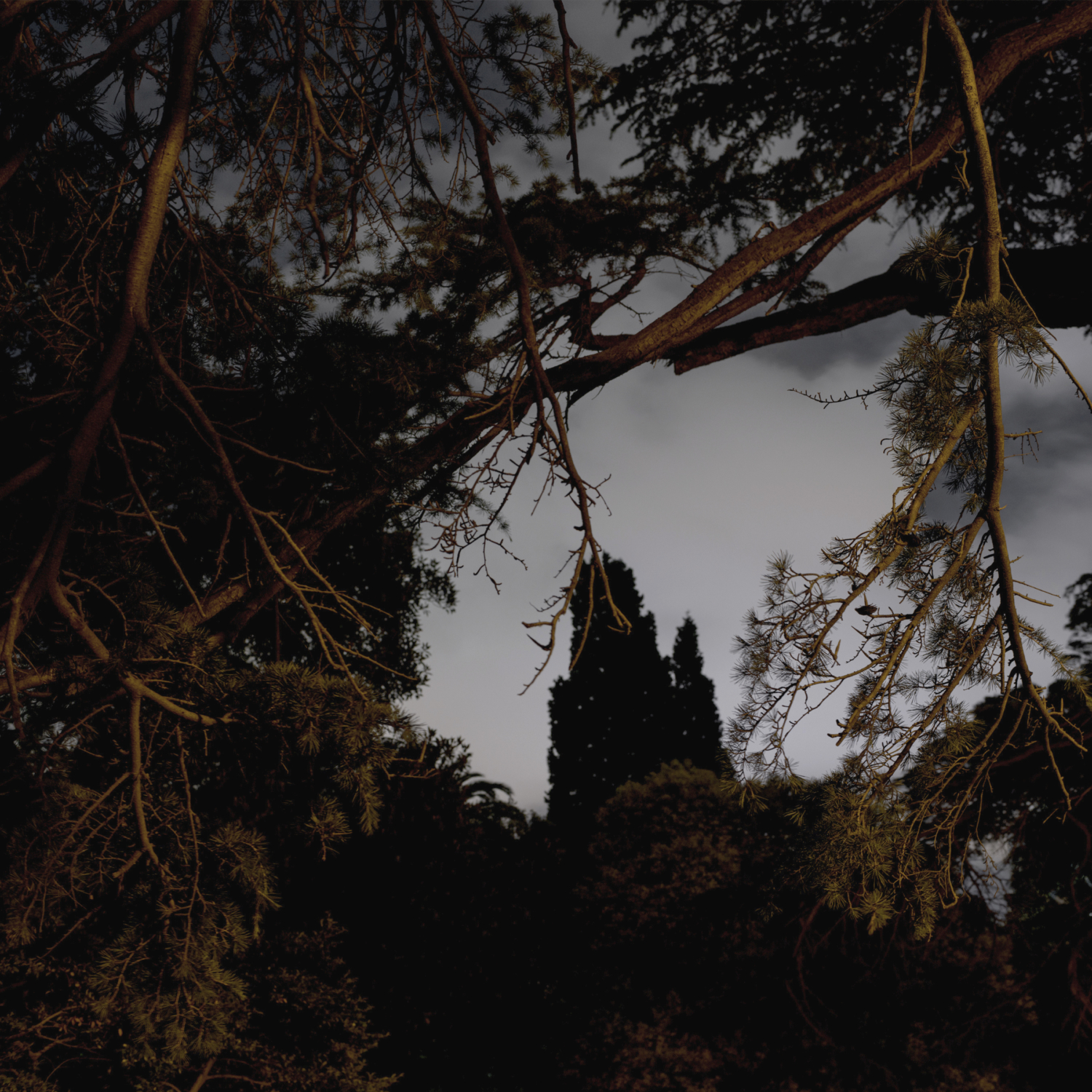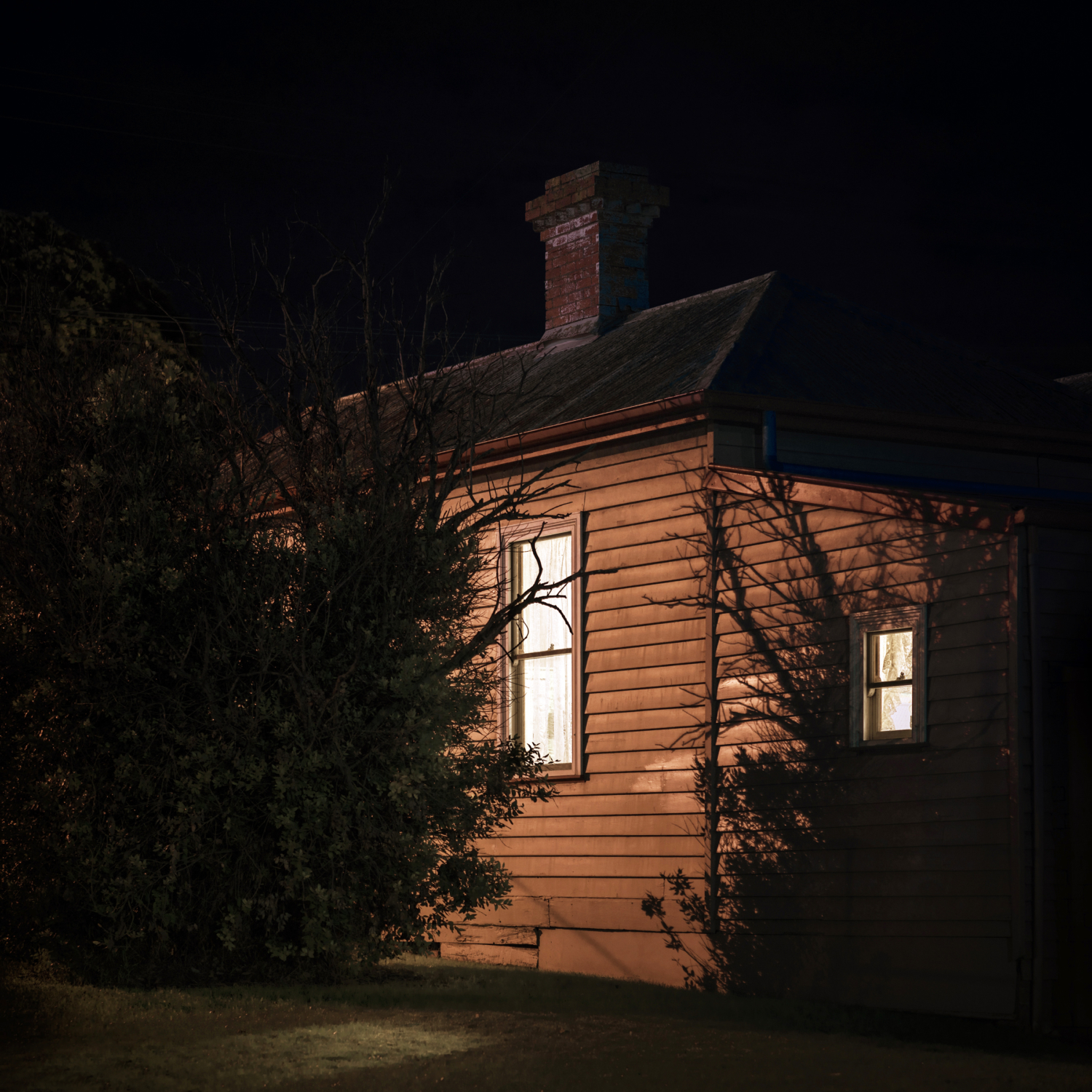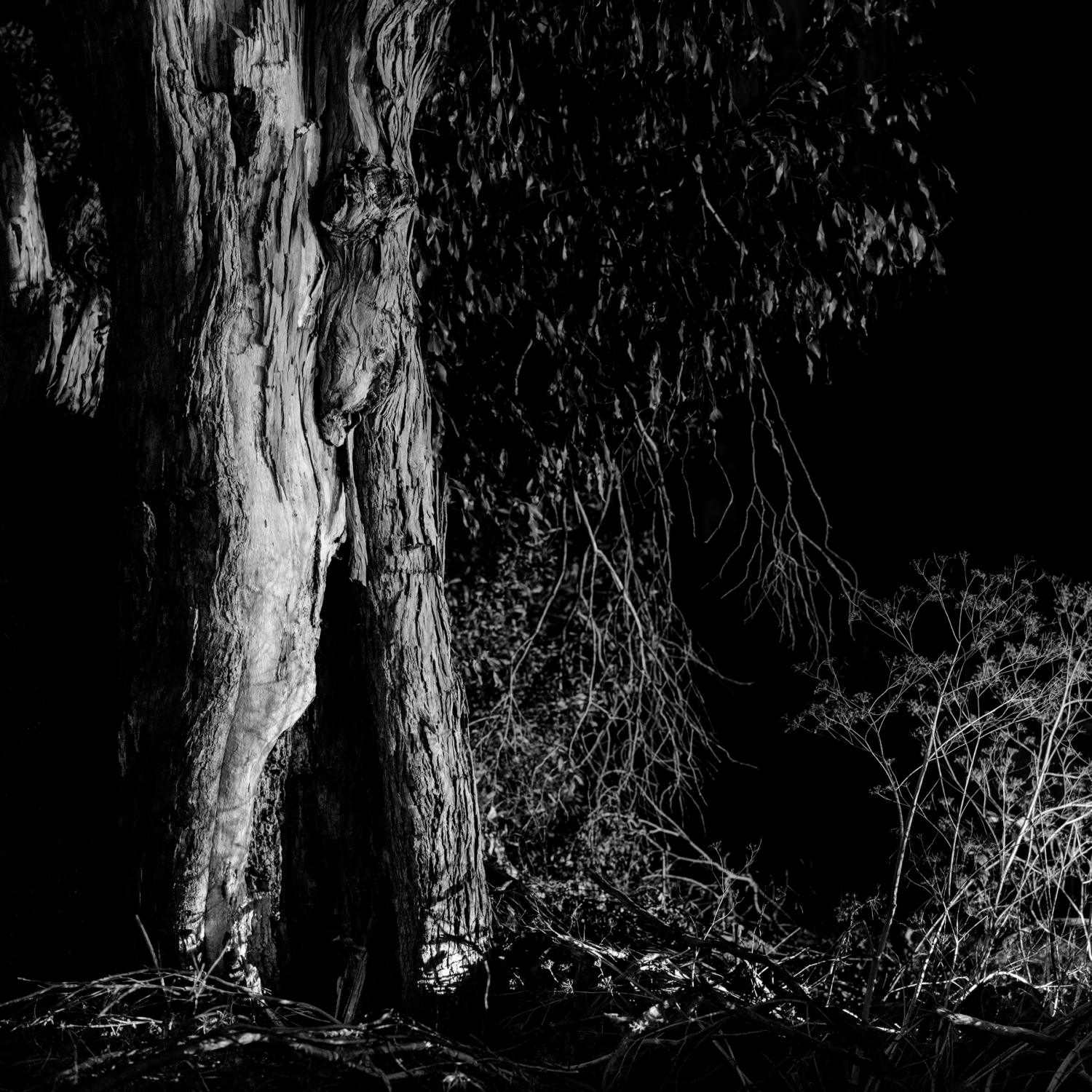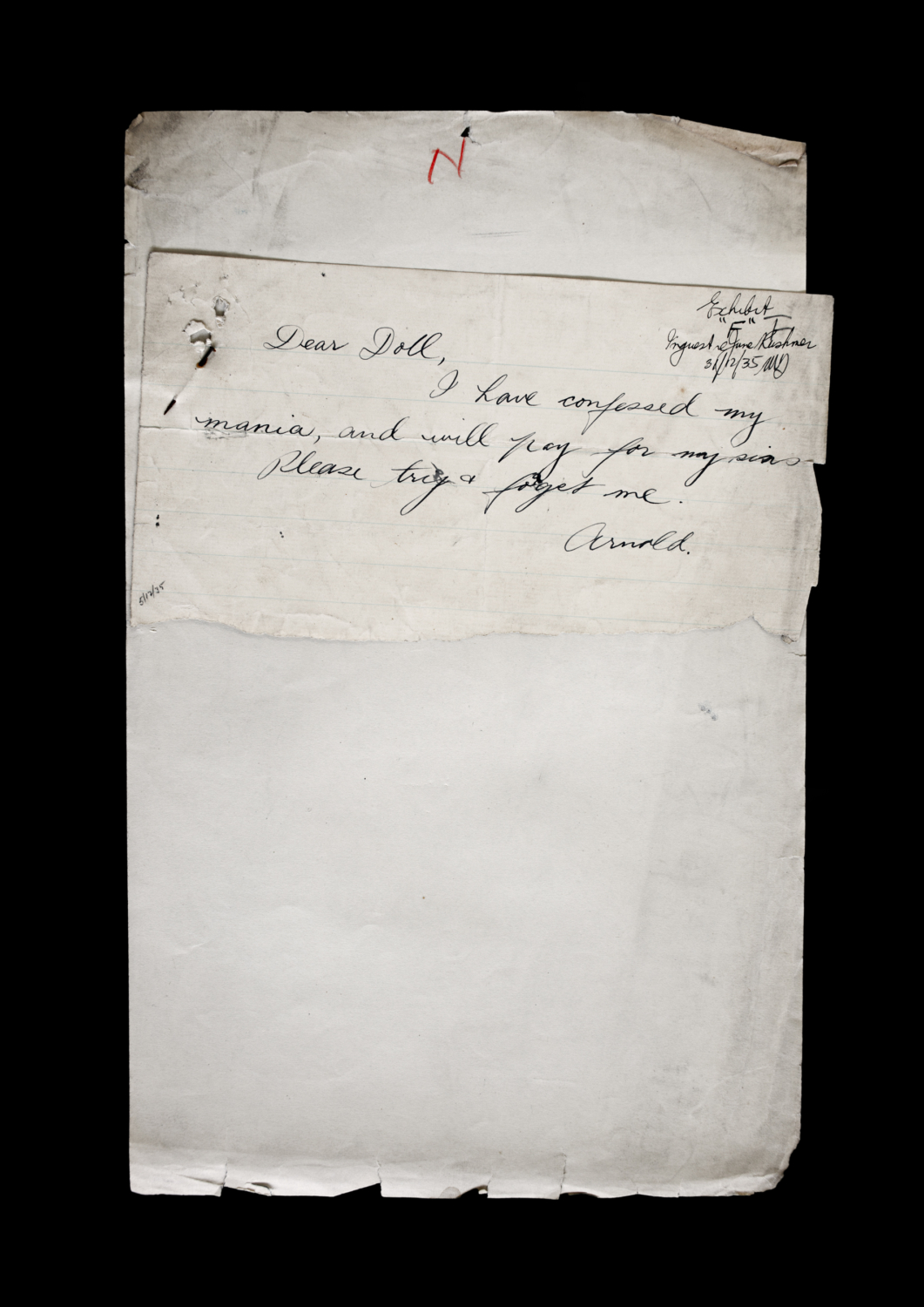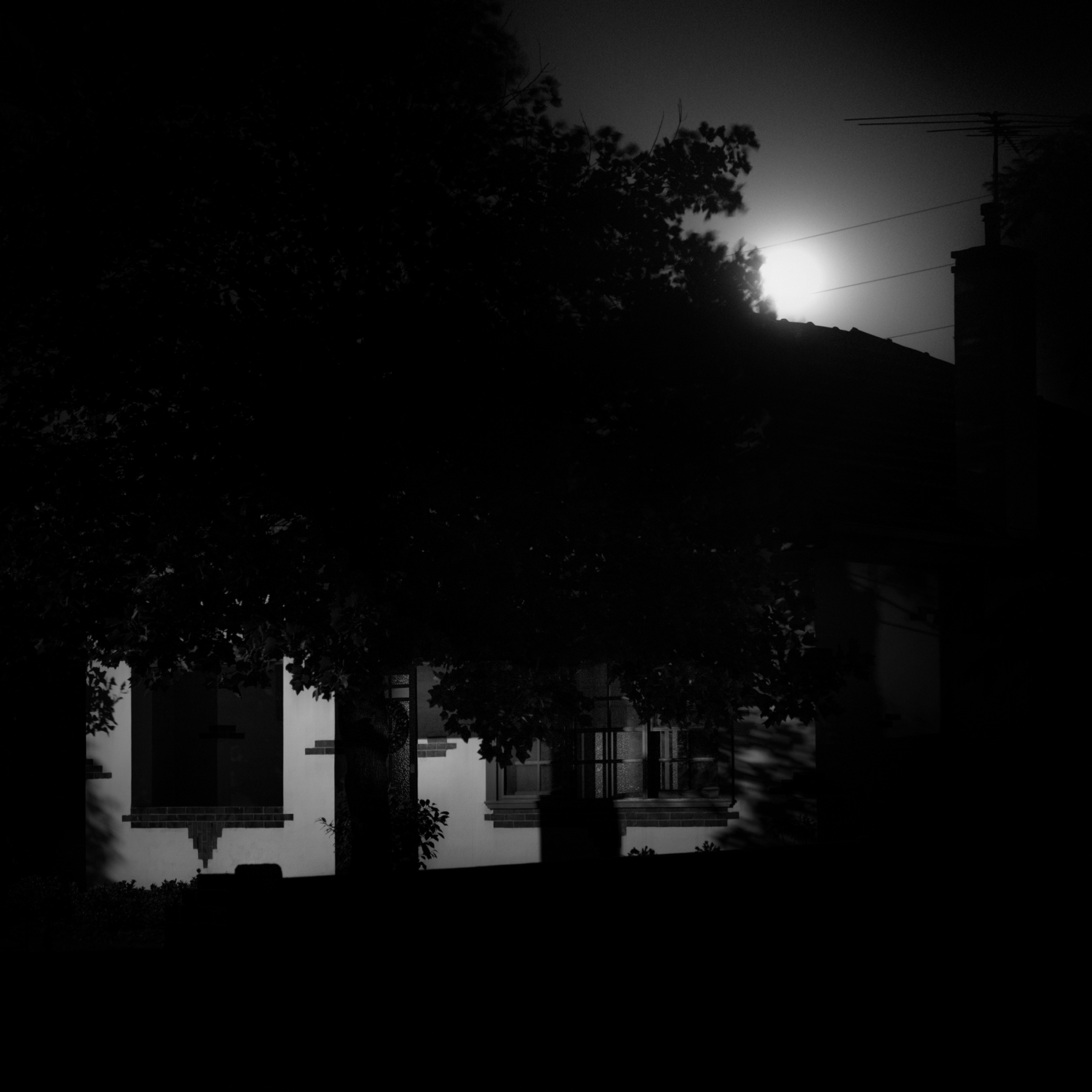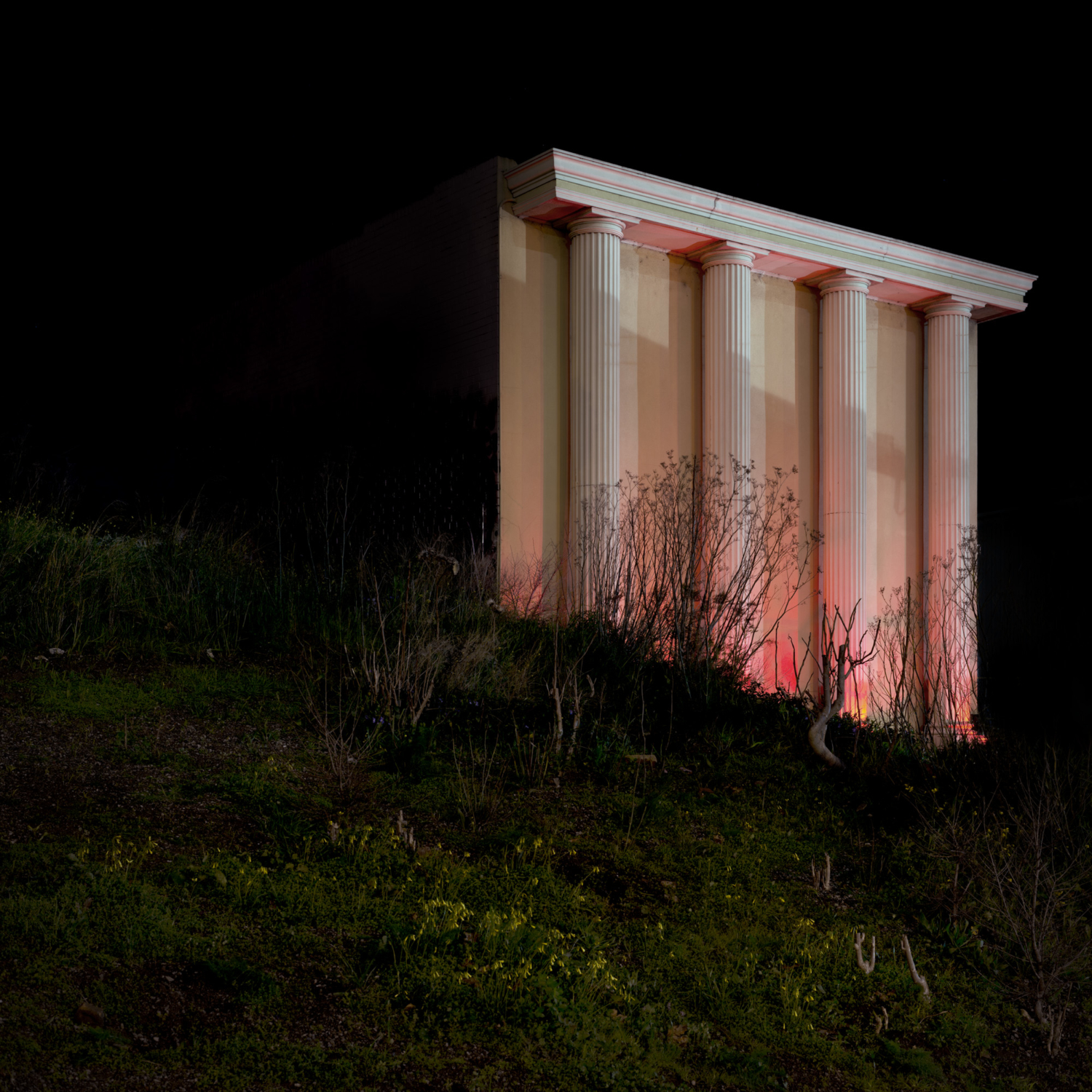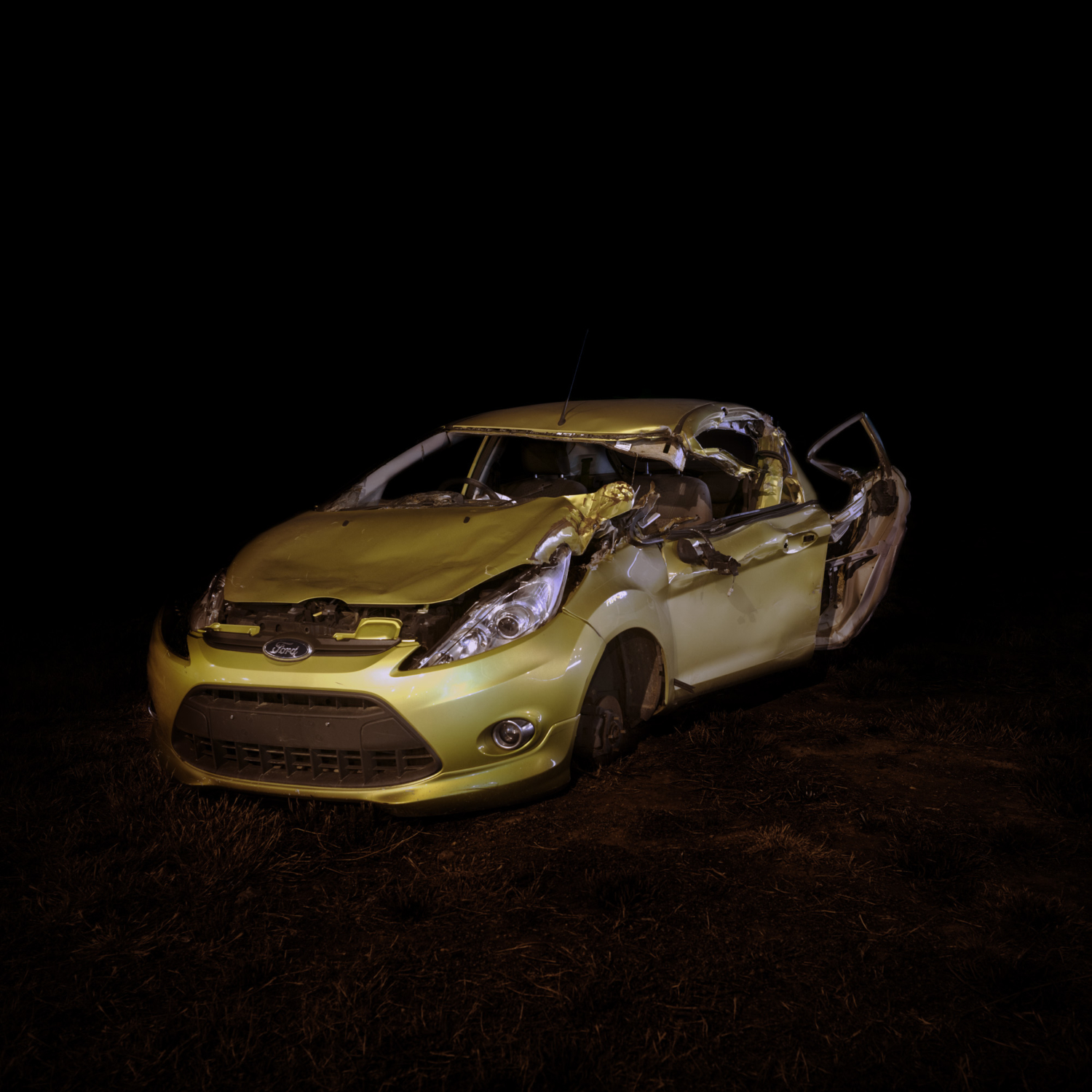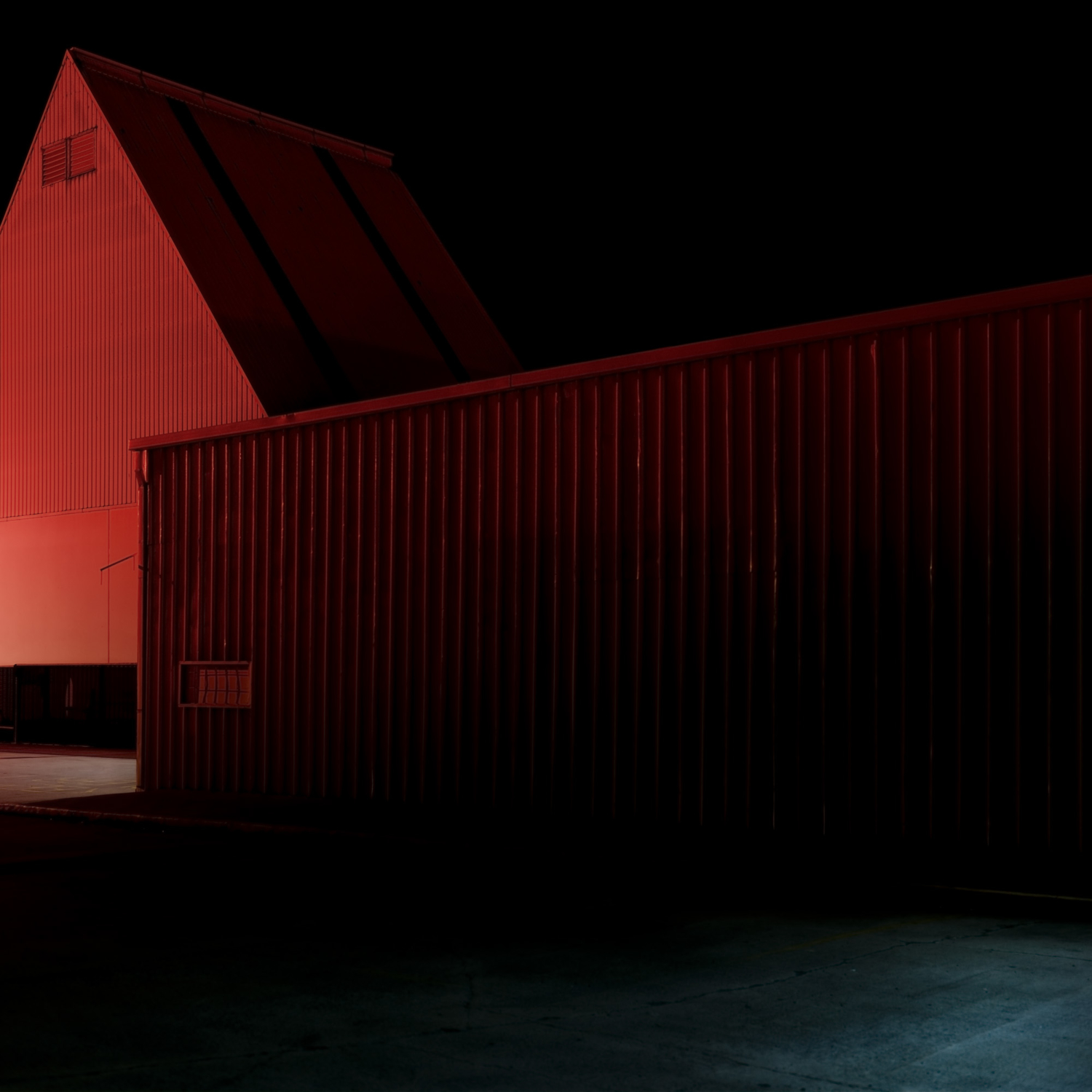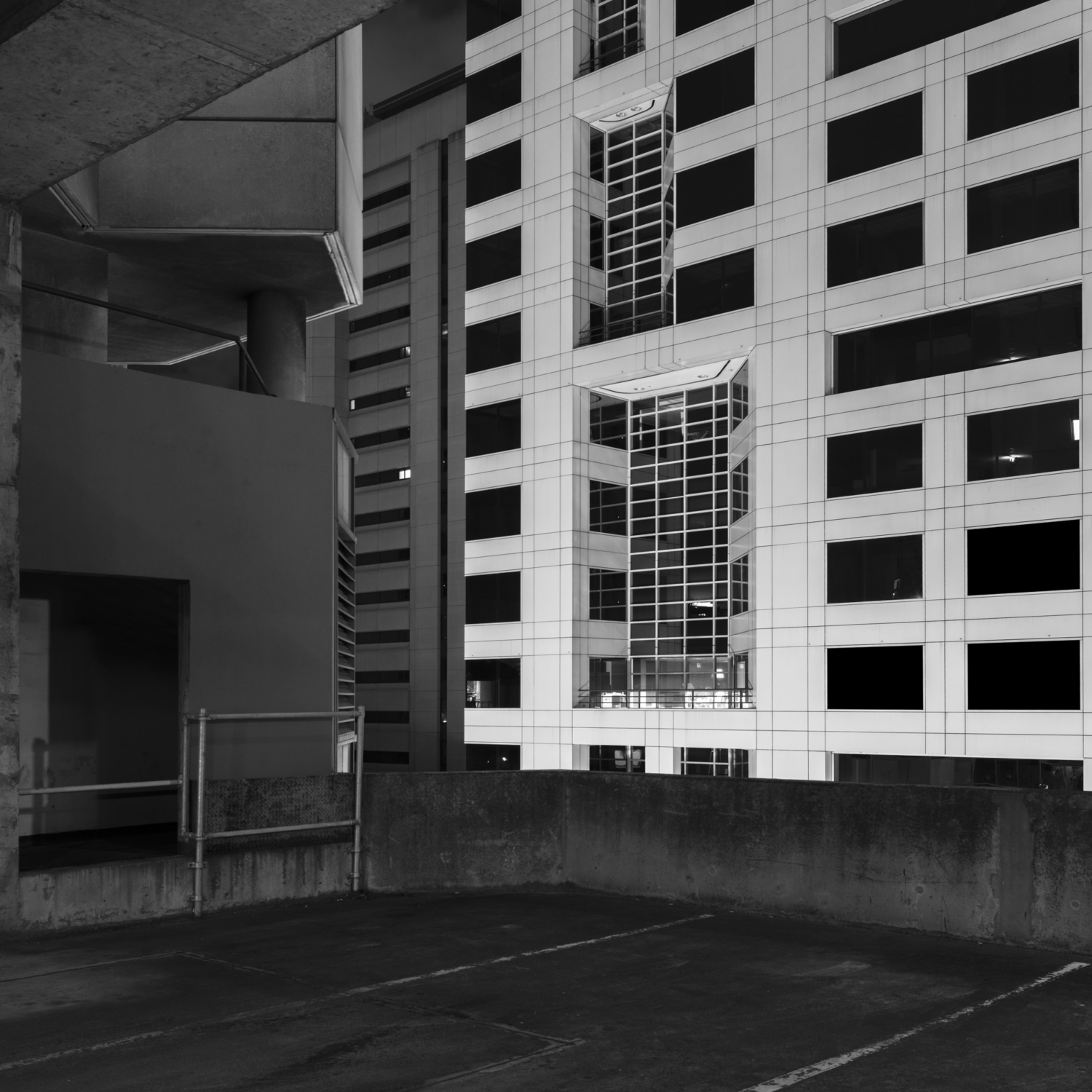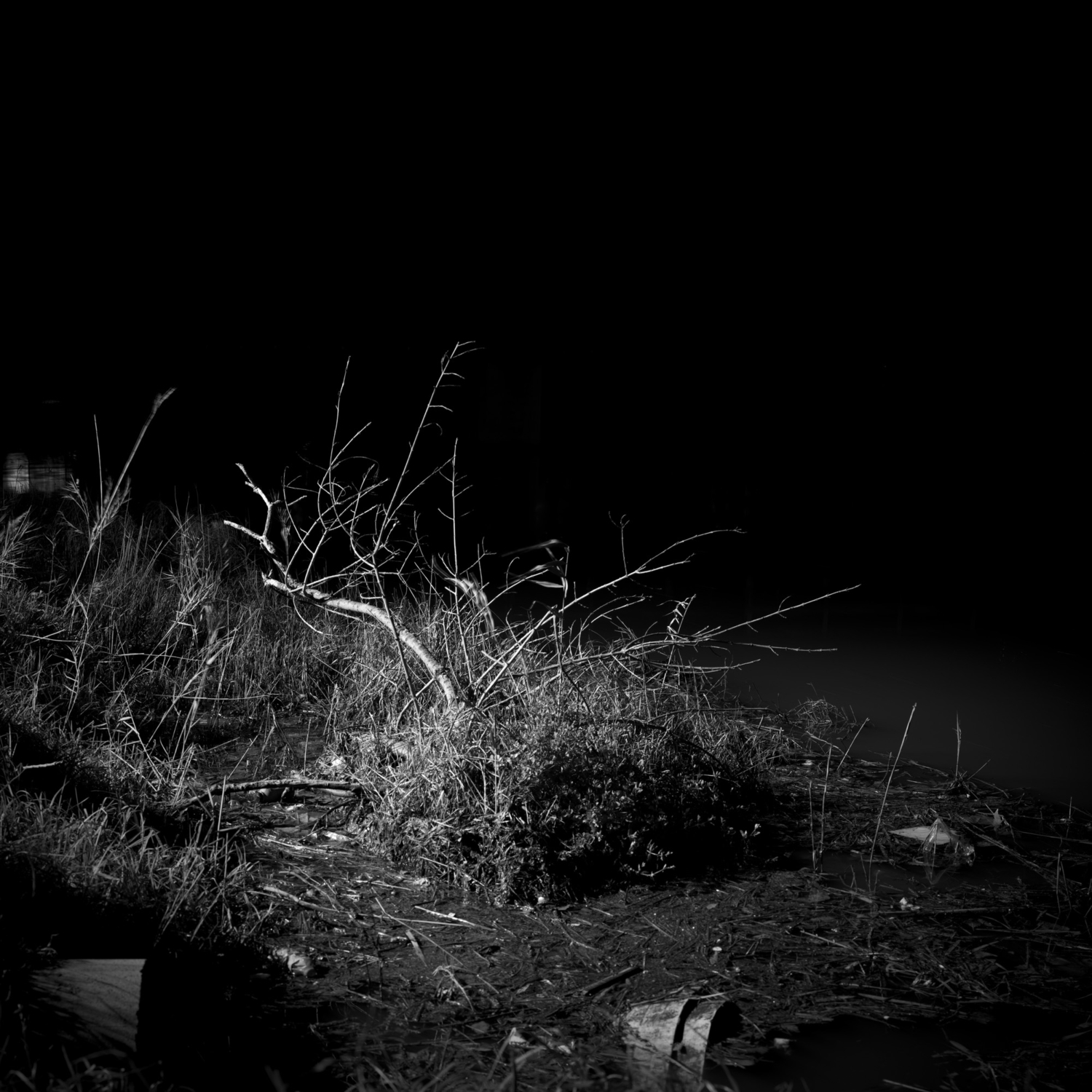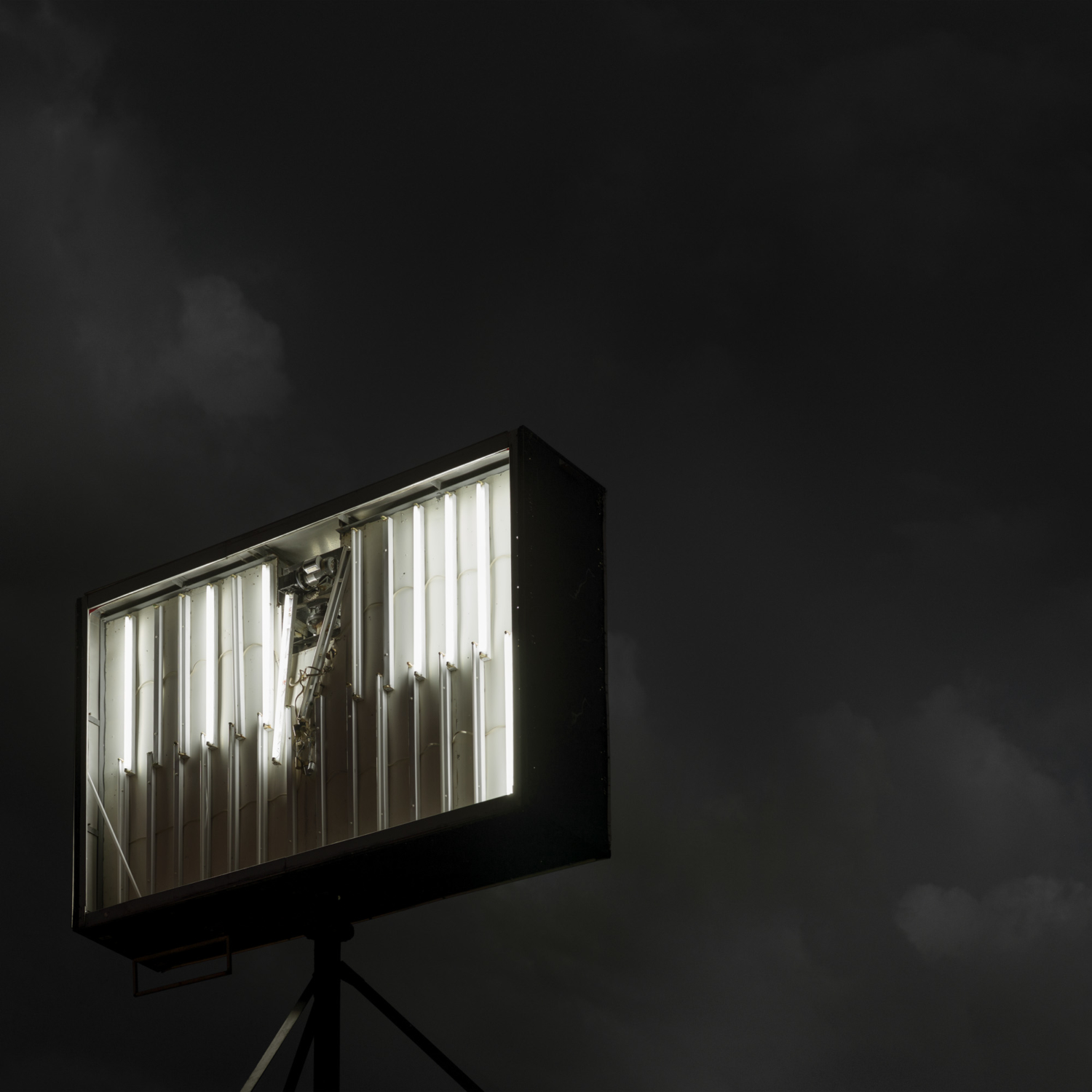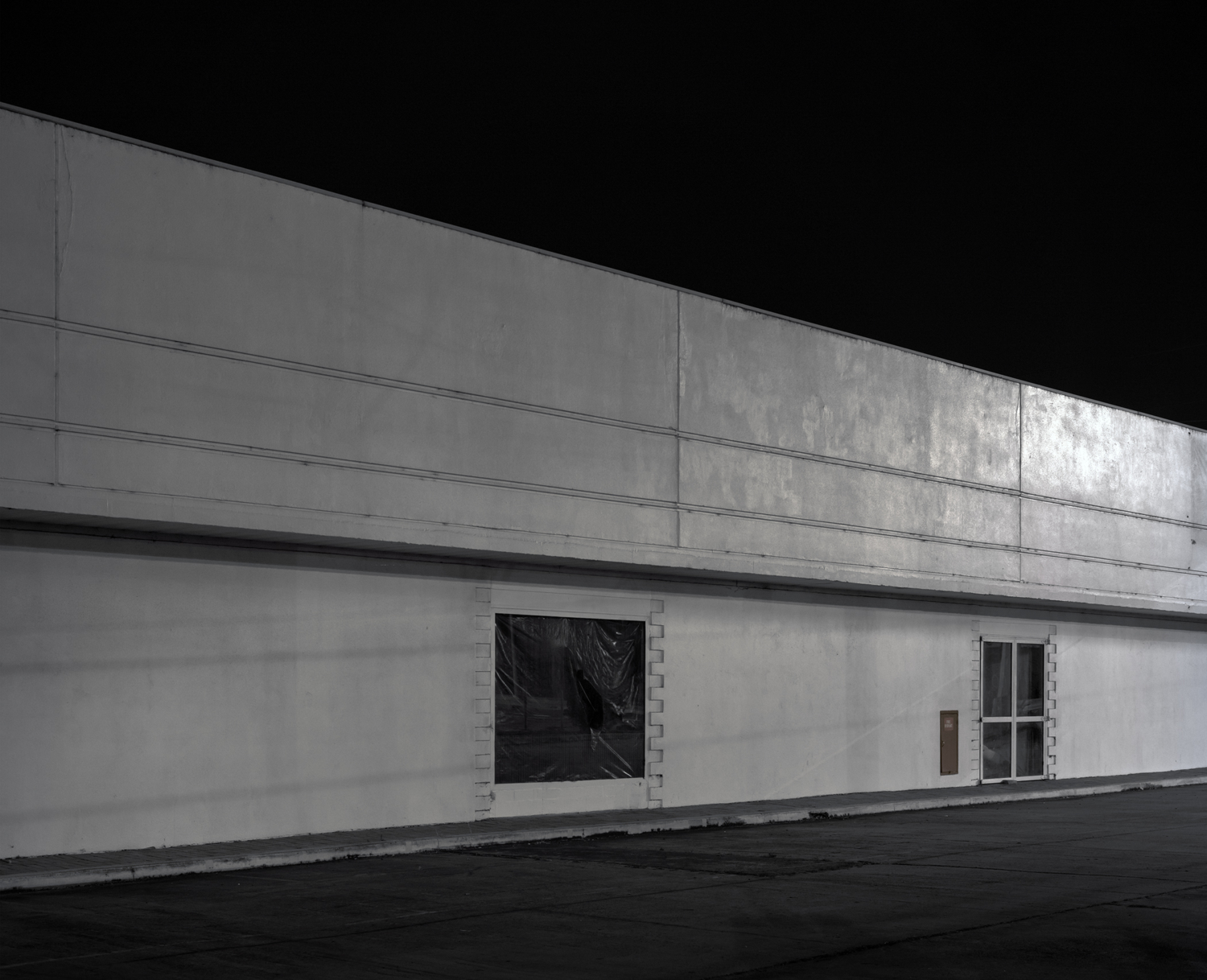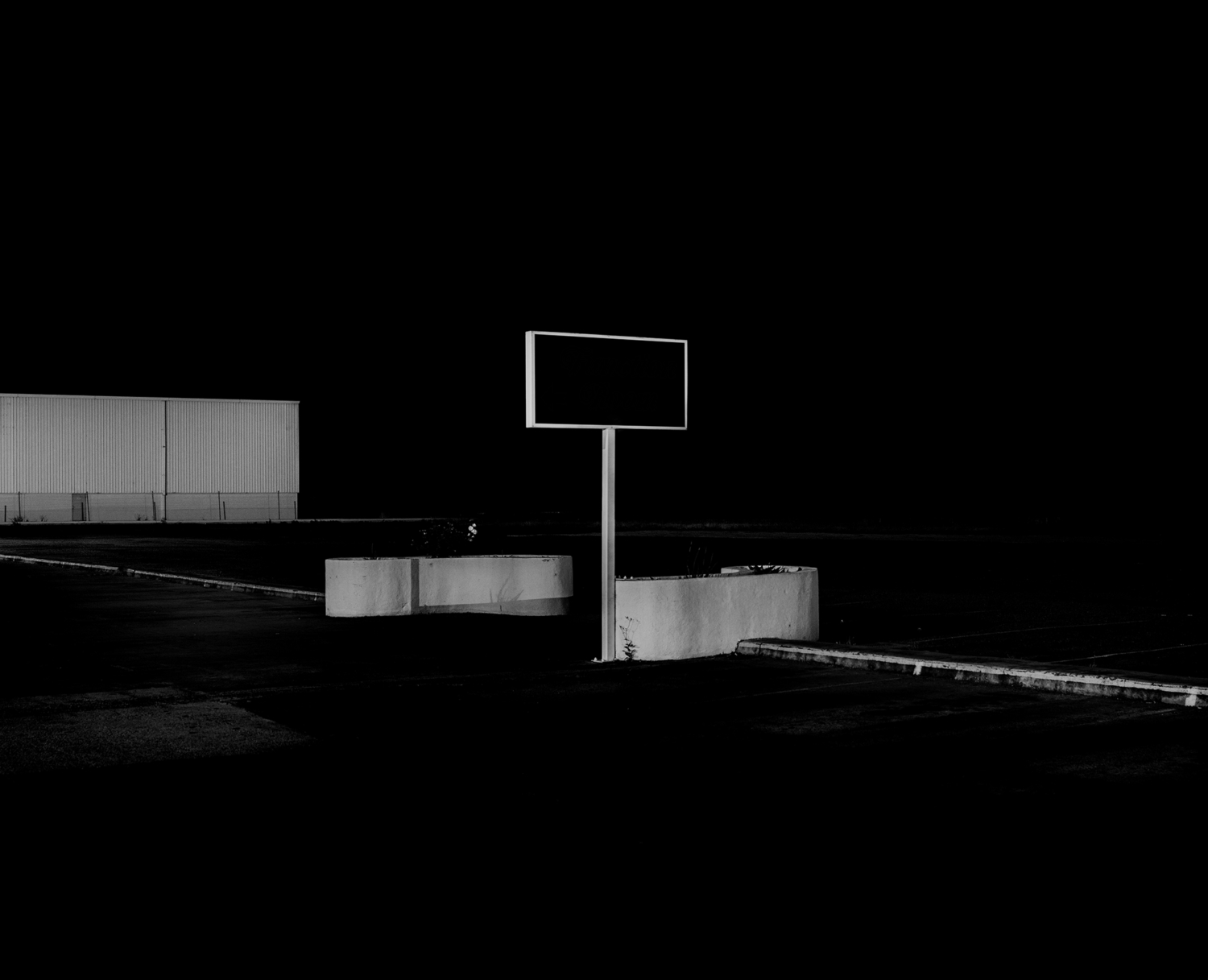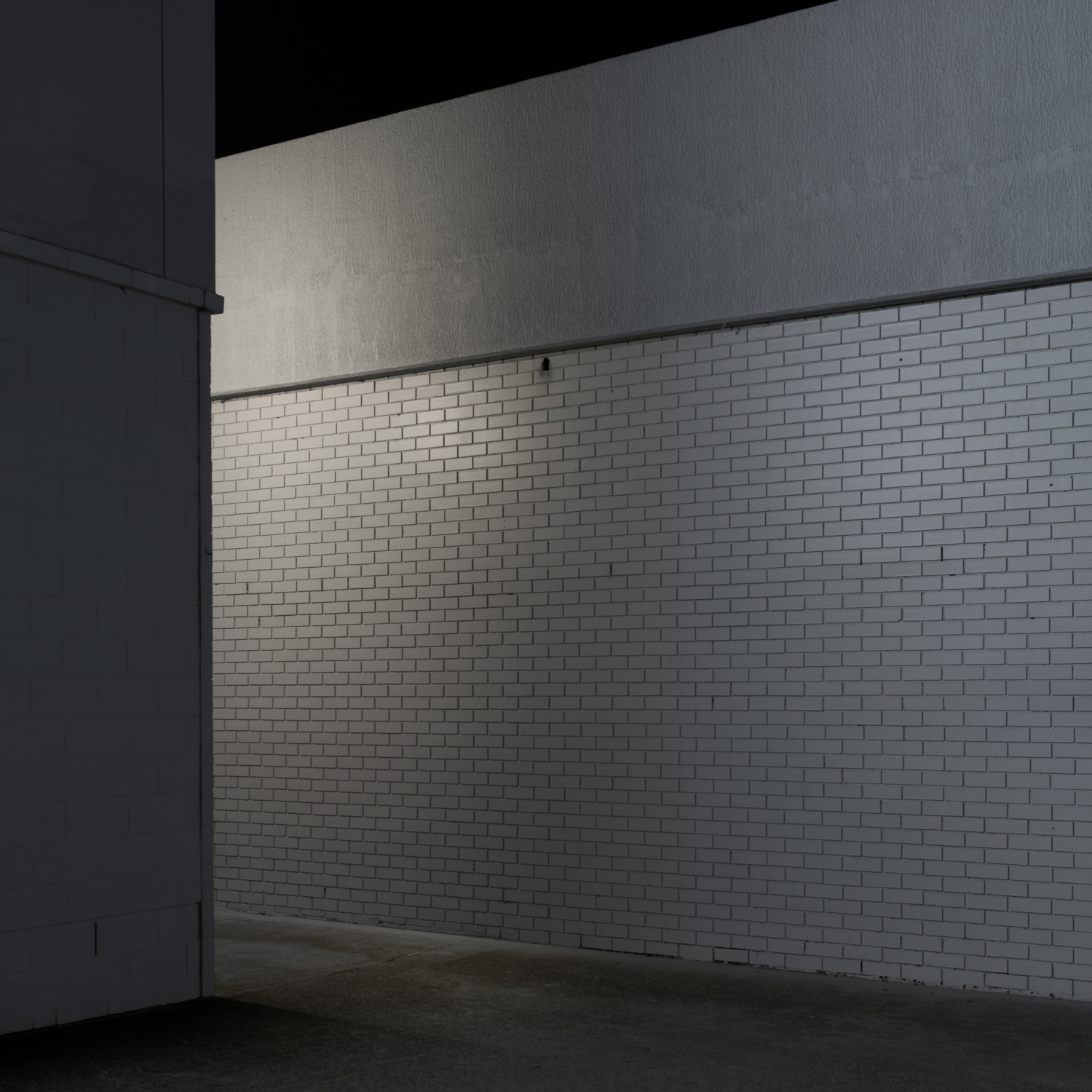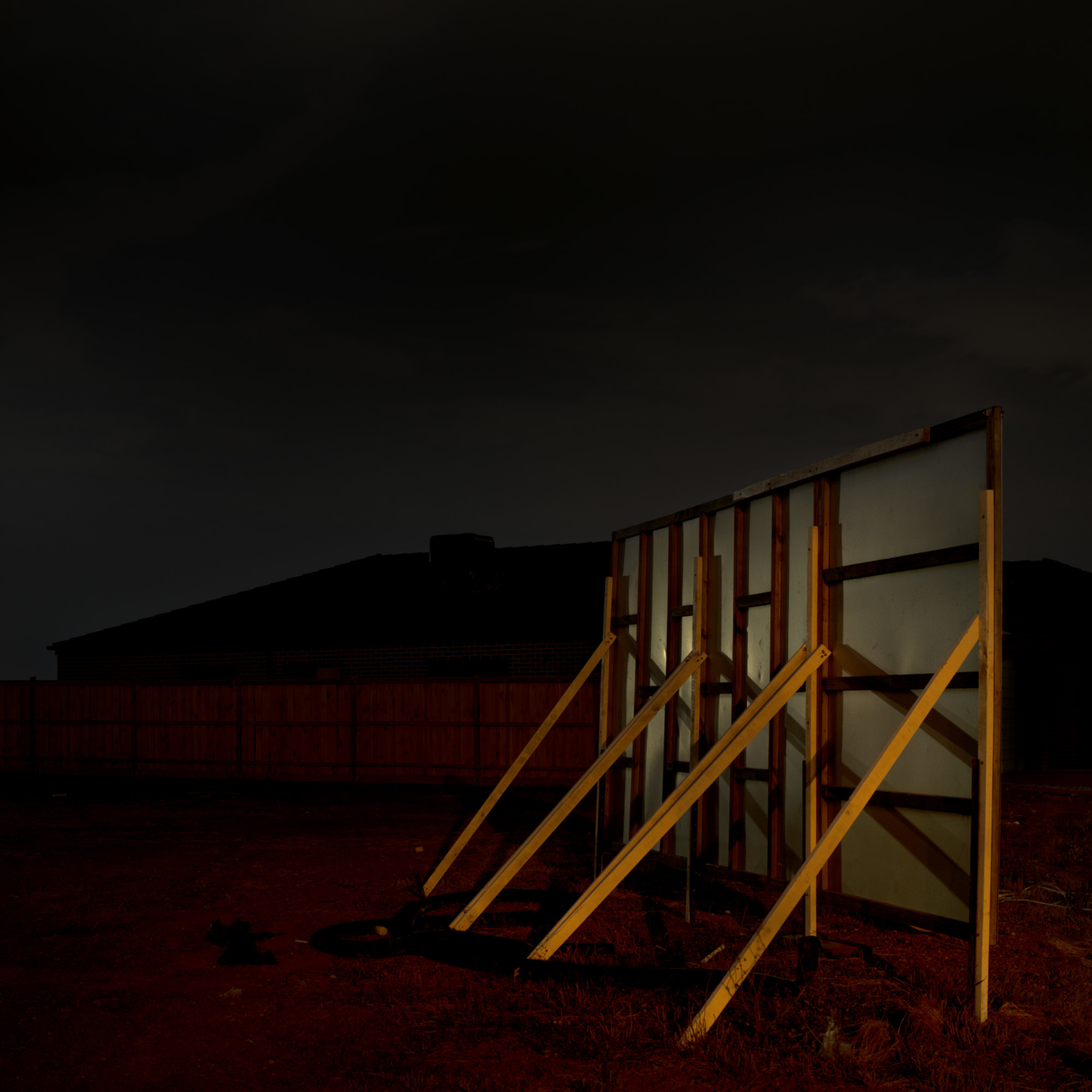Bryson Rand
Artist Feature
Every week an artist is featured whose single image was published by Der Greif. The Feature shows the image in the original context of the series.
Nicholas Hubicki - Realitysux
Nov 13, 2019
The digital society of control makes intensive use of freedom. It is only possible thanks to voluntary self-illumination and self-exposure. It exploits freedom. The society of control achieves perfection when its inhabitants do not communicate because of external constraint but out of inner need—that is, when the fear of giving up a private and intimate sphere yields to the need to put oneself on display shamelessly.
Byung-Chul Han, The Burnout Society
Before it was shut down in March 2018, Craigslist’s Casual Encounters section presented – as an unlisted, yet increasing subset of its offerings – a panoply of sexual exchanges for narcotics, largely methyl-amphetamine (meth, ice, P, cold, crystal, Tina). PnP: puff ‘n’ play or party ‘n’ play. Analogously, the For Sale pages became – amongst bedheads, antique doll collections, paperback books, and indoor plants – an advertising source for drug dealers, largely employing Wickr as a form of multi-layered, tracelessly encrypted communication. The images displayed here are the source and result of those pages. A series of resampled and rephotographed advertisements; a clutch of addresses and failed rendezvous and assignations; places real and partially imagined: people you agree to meet, but never do
Artist Blog
The blog of Der Greif is written entirely by the artists who have been invited to doing an Artist-Feature. Every week, we have a different author.
Published in:
»Der Greif #12«
»Guest-Room Tiina Rauhala«
An Uncertain Index of Futility
Nov 20, 2019 - Nicholas Hubicki
Perhaps Pessoa would have inserted another here: a heteronym for the person who made these images, some kind of self. Perhaps it’s easier that way, even if the camera is already a distancing device; the developed film a distorting accomplice. How to read an image, a sequence? How to unmake them?
Reintroducing George Theodoropoulos
Nov 19, 2019 - Nicholas Hubicki
I first became aware of George’s work when he both appeared in Der Greif’s Guest Room edited by Charlotte Cotton. Subsequently, we got in touch with one another, and have become friends as a result.
George‘s work often reminds me of the poetry of Tomas Tranströmer and Miroslav Holub (like George, both poets are from a medical background): a lightness of touch, an ambiguity and the yearning for something elusive from the evanescent quotidian.
Clairvoyance
Nov 18, 2019 - Nicholas Hubicki
Photography and its manifold relationship to documentation has been abundantly recorded since its birth. What happens, however, when the site or object documented is yet to attain a broader socio-cultural signification than the simple recording of the site or object itself?
Both of these sites attained certain cultural currency, that is, both sites were circulated through various media outlets due to two separate events. The first event was a raid on one of the members of the 2016 Melbourne terrorist plot’s homes (the cell had planned attacks on major civic spaces for Christmas Day). The second event being a 2014 double murder within the home of a middle-class Melbourne suburb (a suburb I spent much of my childhood in, and a house that was well known to me).
In both cases, the images shown were shot several months before these sites were ‘documented’ and disseminated by the media. Each image, too, was shot in the process of working on other bodies of work, thus only later did they become part of Scene/Sign/Site: they became recontextualised by subsequent events. While my work is often research based, it is perhaps with these two images that I have come closest to the Freudian unheimlich.
You Can’t Go Home Again
Nov 16, 2019 - Nicholas Hubicki
The tarantula, the adder, and the asp will also never change. Pain and death will always be the same. But under the pavements trembling like a pulse, under the buildings trembling like a cry, under the waste of time, under the hoof of the beast above the broken bones of cities, there will be something growing like a flower, something bursting from the earth again, forever deathless, faithful, coming into life again like April.
Thomas Wolfe, You Can’t Go Home Again
Between 1930 and 1935 Arnold Sodeman murdered four girls between the ages of 6 and 16 in suburban Melbourne and rural Victoria.
Sodeman’s paternal lineage was marked with mental illness: both his father and grandfather died in local asylums. Sodeman’s trial defence’s argument claimed that he “was not conscious of what he was doing, or the nature of the act.” Sodeman was executed in Melbourne in 1936. The post-mortem examination revealed that Sodeman, an alcoholic, suffered from leptomeningitis – a brain disease exacerbated by alcohol – reported at the time of the autopsy that the disease “could lead to paralysis, or cause mental disturbances of various kinds.” Sodeman, a labourer with a young family, was typical of many unskilled Australians of The Depression Era: the family moved between suburb, town and township, as do the series’ images.
These samples from You Can’t Go Home Again offer an overview of the project’s larger means: documentation of court and investigative material; documentation of relevant sites (many demolished); the use (editing/alteration) of primary visual archival material, and the interpretive between: the space between the imaginative and the factual.
While the series shifts between private and public memory, it interlaces with my own history: my childhood was spent on the same suburban streets as Sodeman’s first victims, unaware of their stories, unburdened by their histories; the wind in my hair, able to do what only the living can.
Scene/Sign/Site
Nov 15, 2019 - Nicholas Hubicki
As my first post, I thought I’d begin with an image (and series) that was included in my first inclusion in Der Greif Guest Room curated by Tiina Rauhala.
But is not every spot of our cities the scene of a crime? every passerby a perpetrator? Does not the photographer – descendent of augurers and haruspices – uncover guilt in his pictures? Walter Benjamin
A rebus: a catalogue of sites and/or a catalogue of latencies, signs. Silences.
These sites, which range from former scenes of forced prostitution, suicide, murder, drug manufacture, assault, and armed robbery are interleaved with sites which appear as equally banal or benign, possibly. The sites posit no narratives; there are no common codes, signs, yet they intermingle as images amongst one another, sub rosa.
Like a location scout with scrambled addresses, the images seek to cancel one another, the sites and their signs become suspicious of themselves and their portrayals, yet they are all equally interchangeable.


